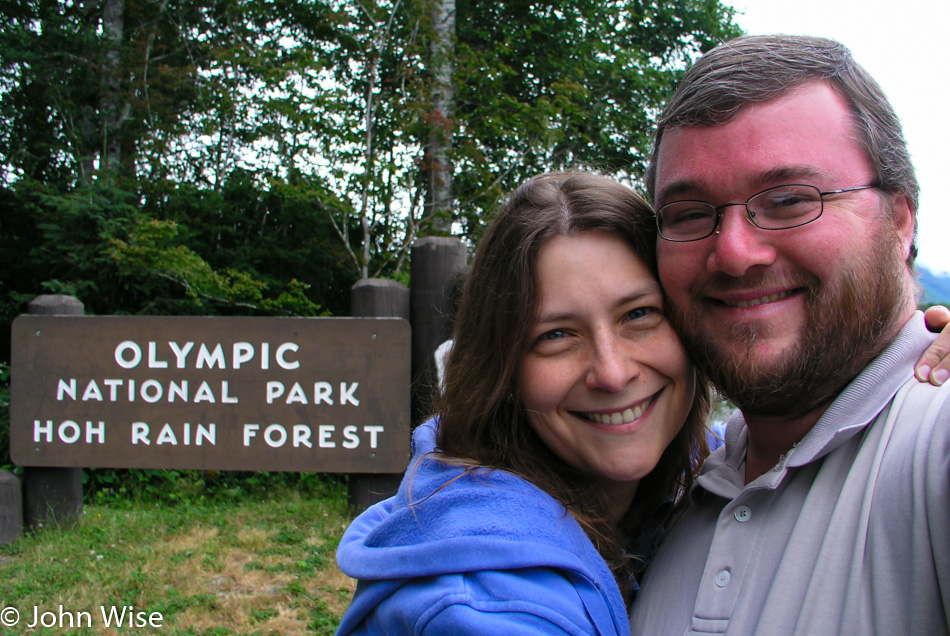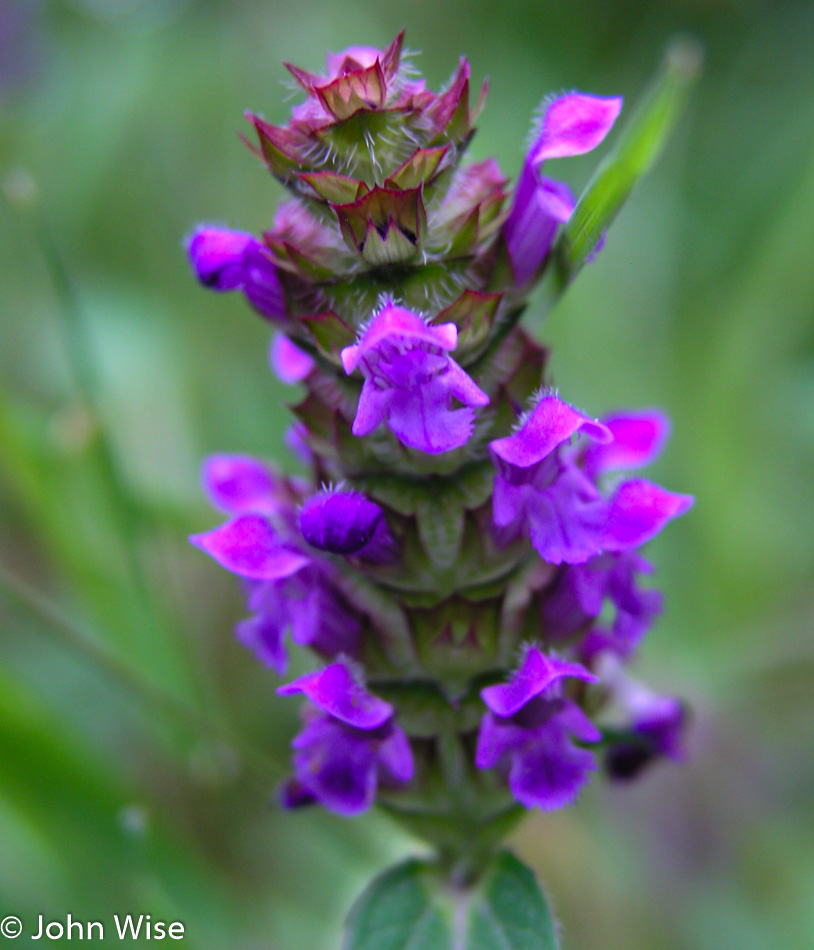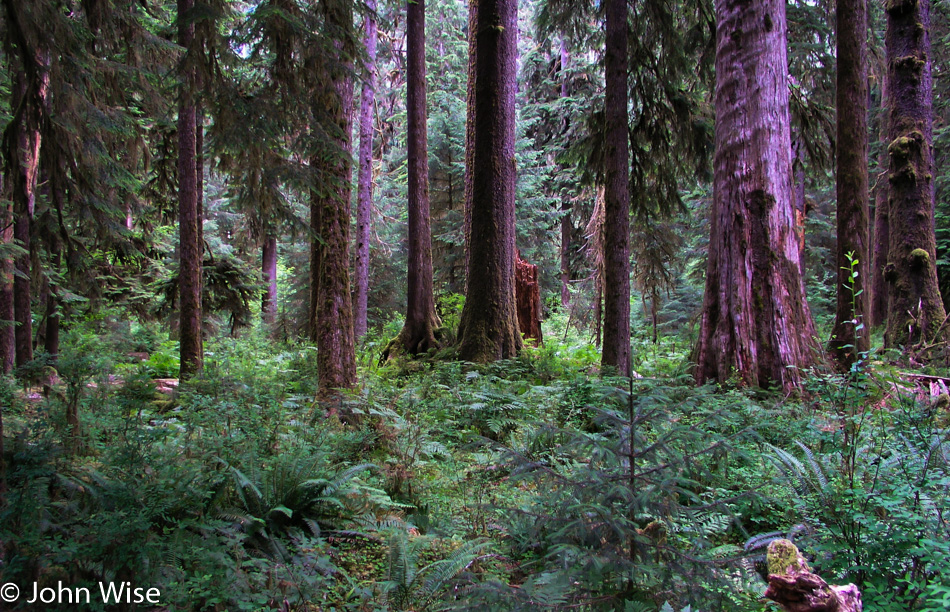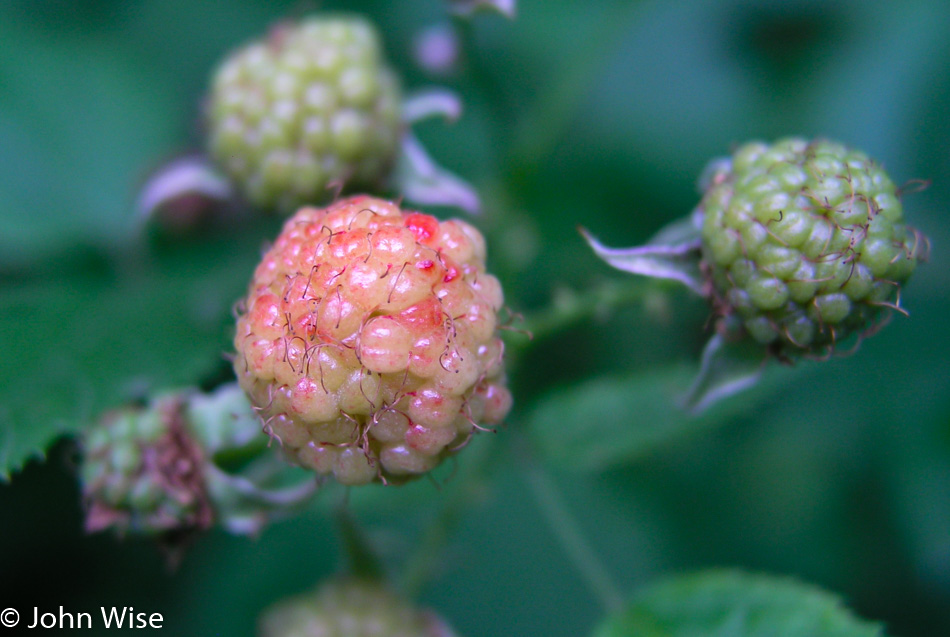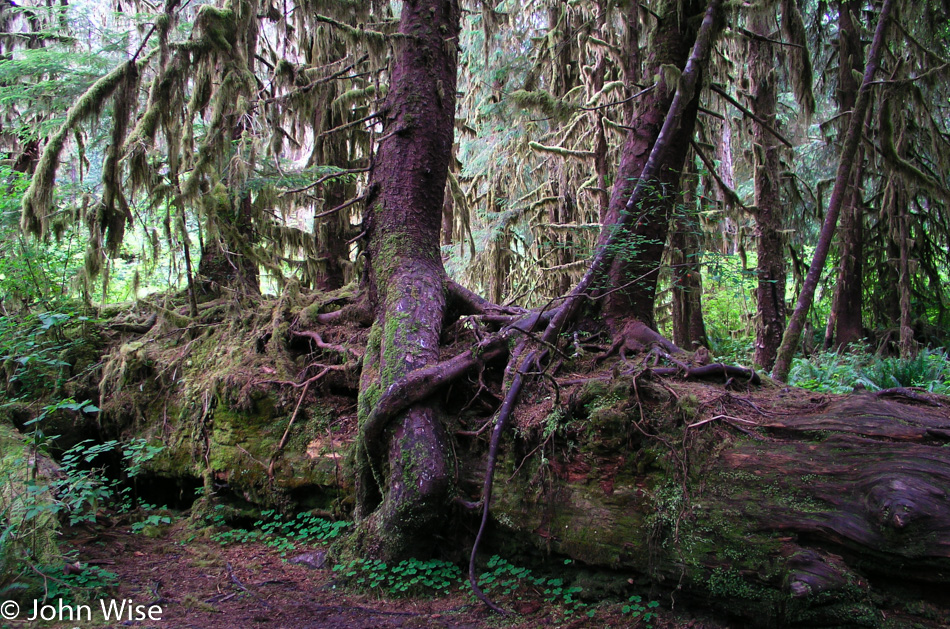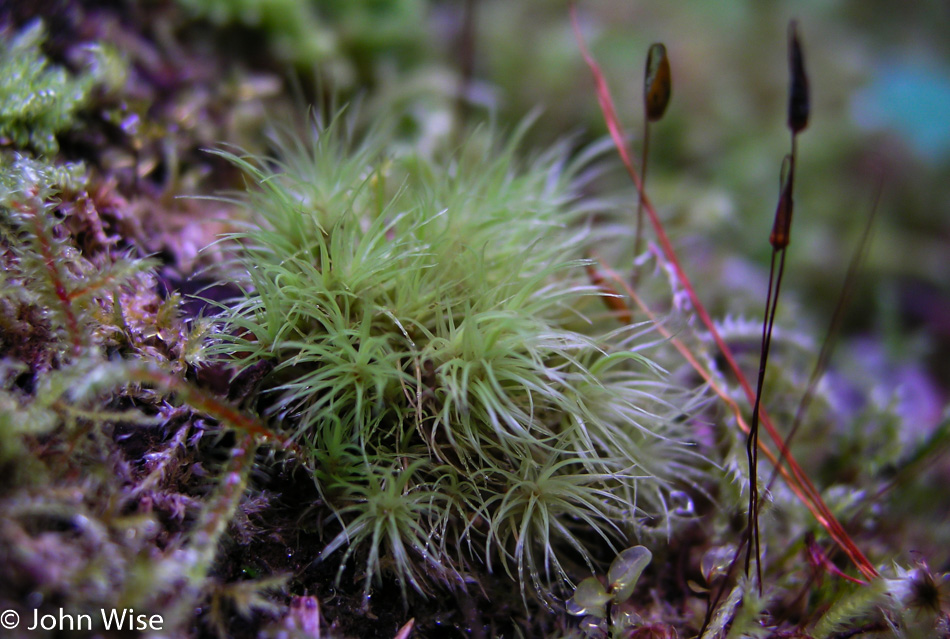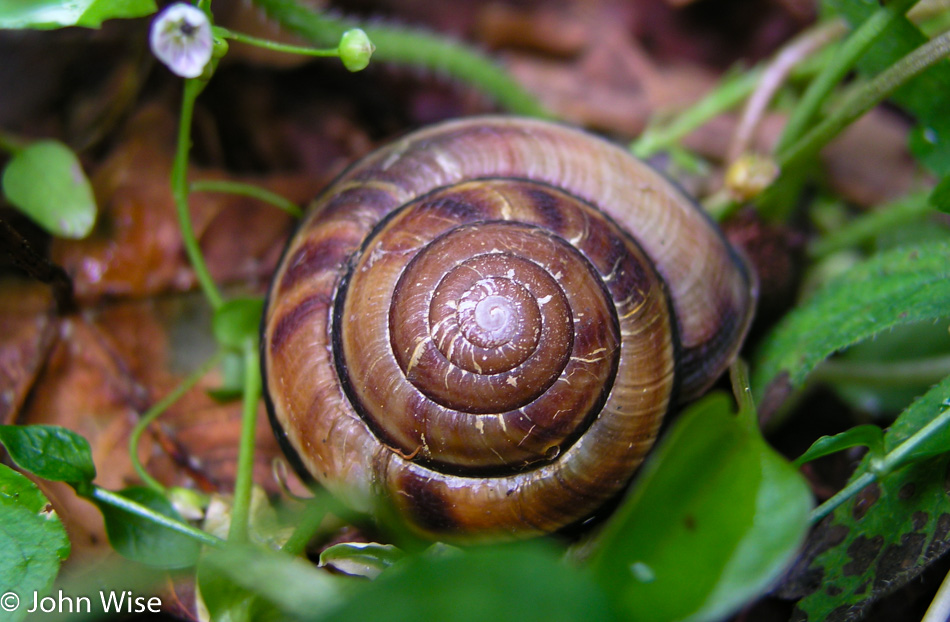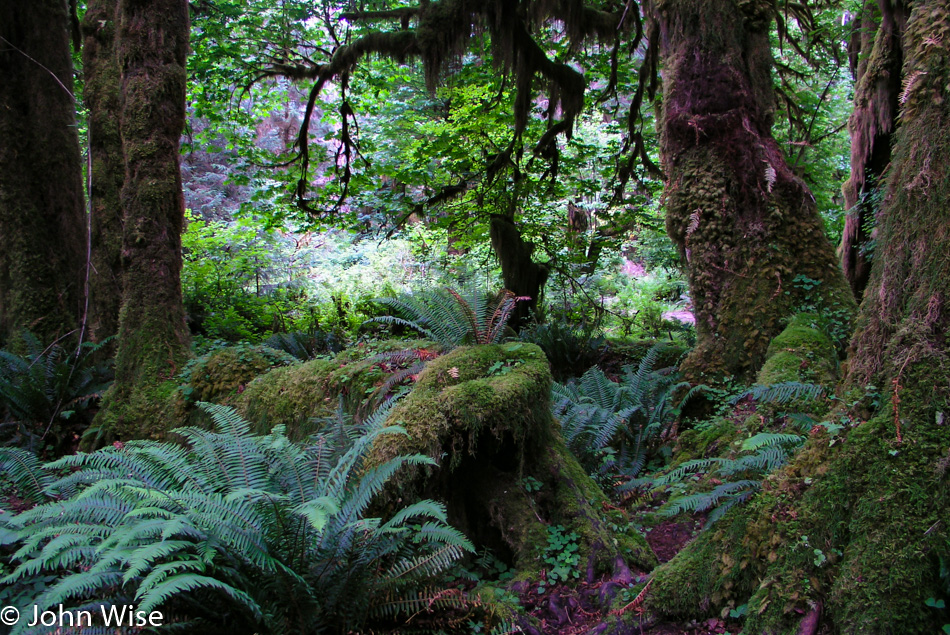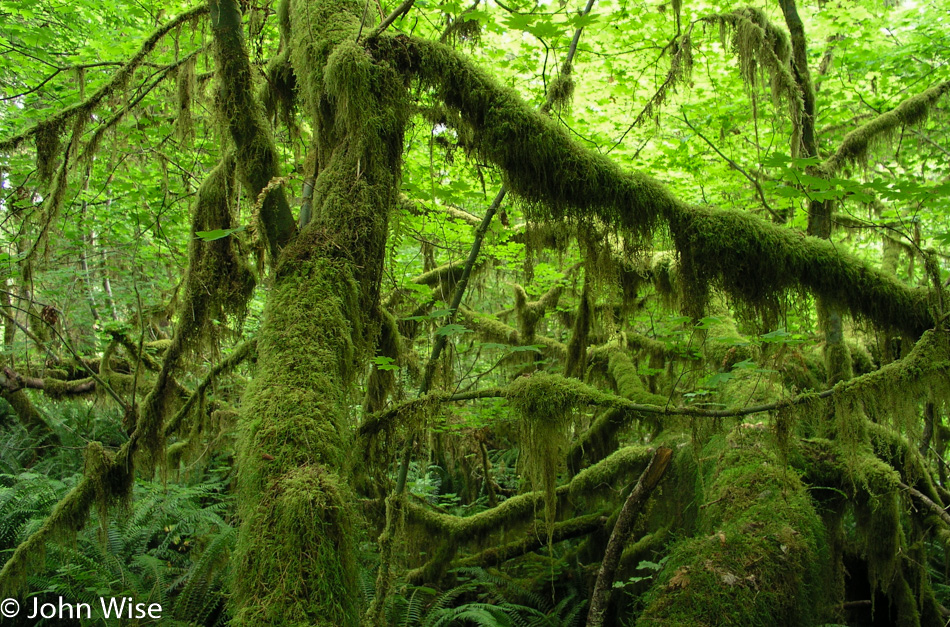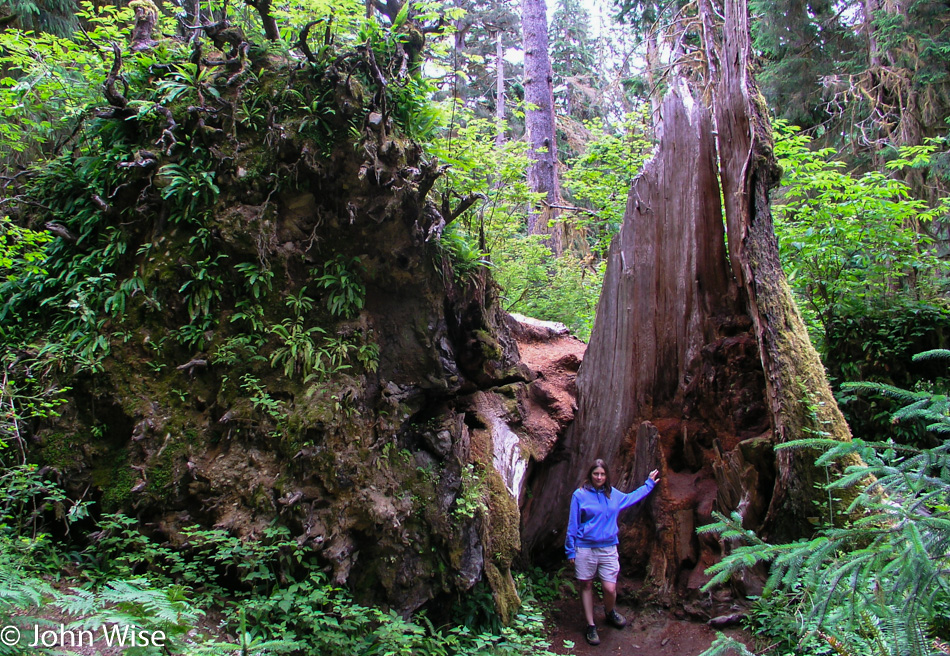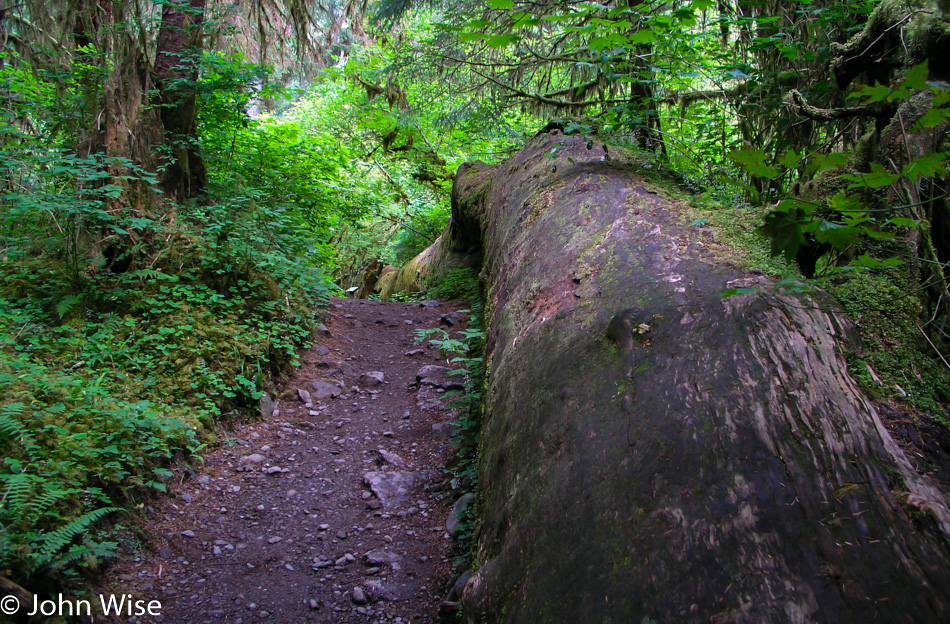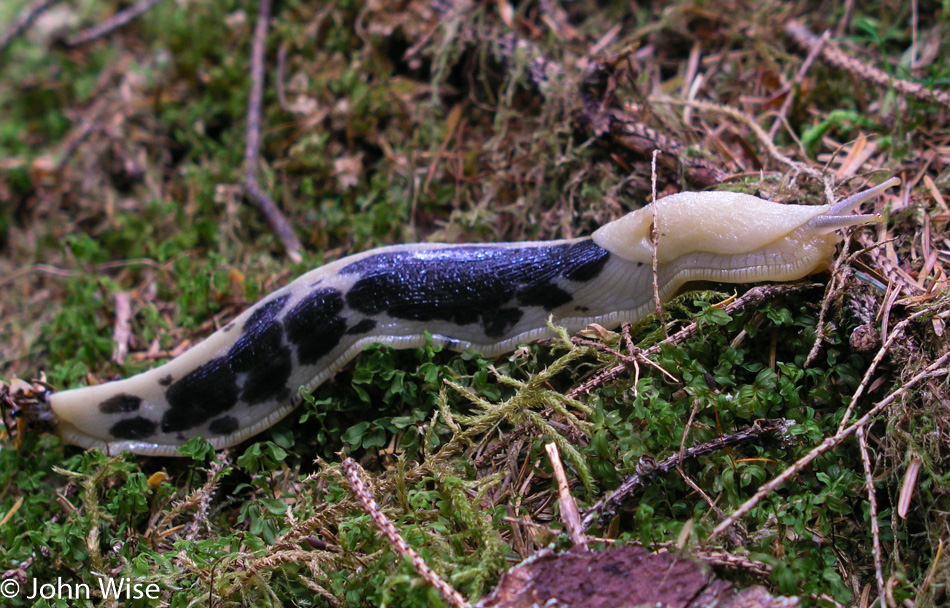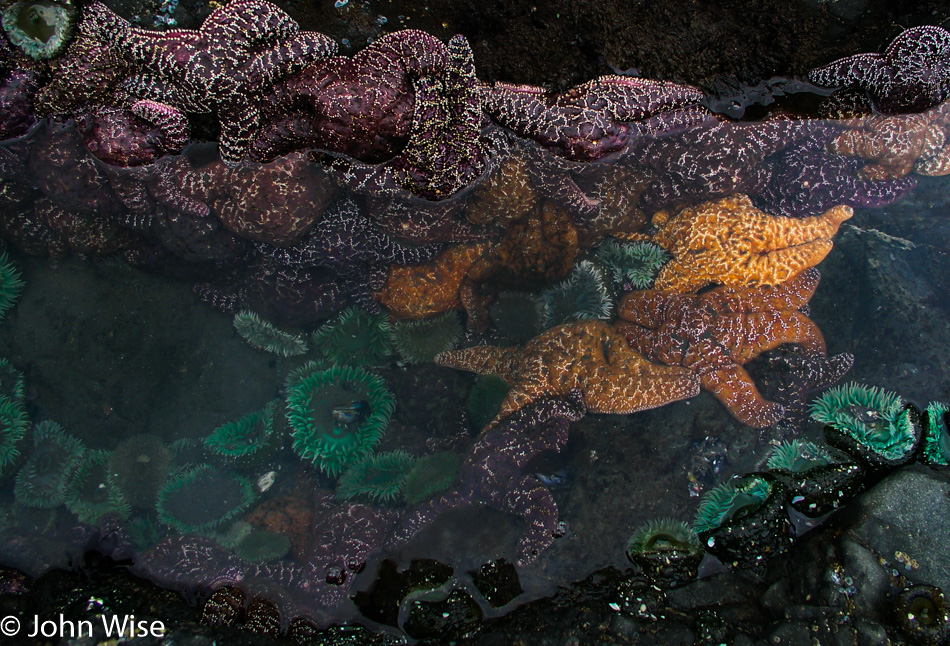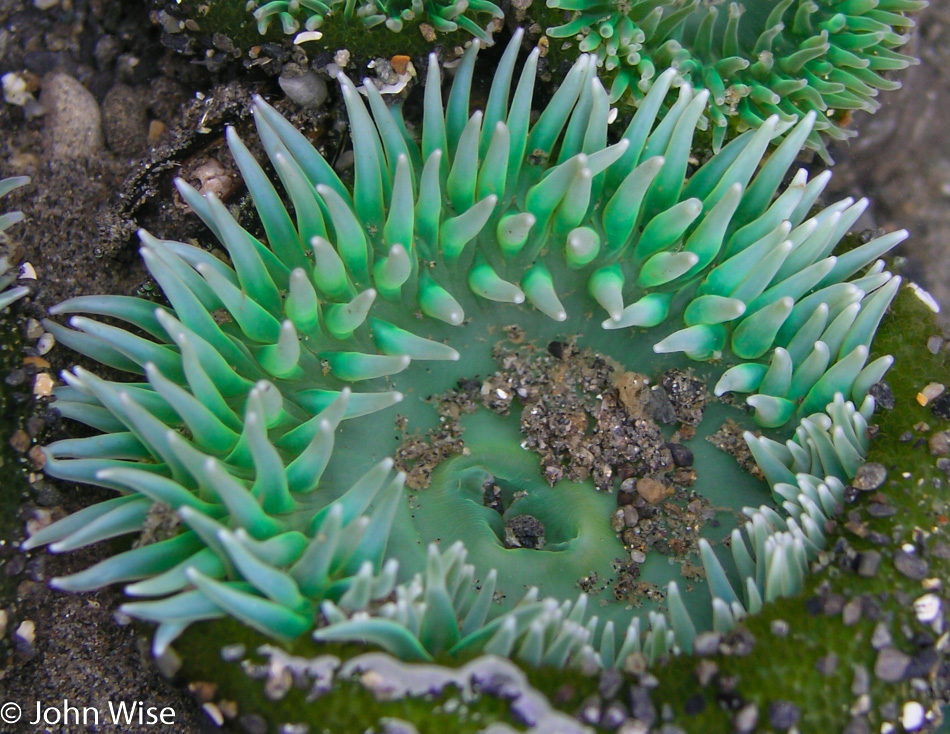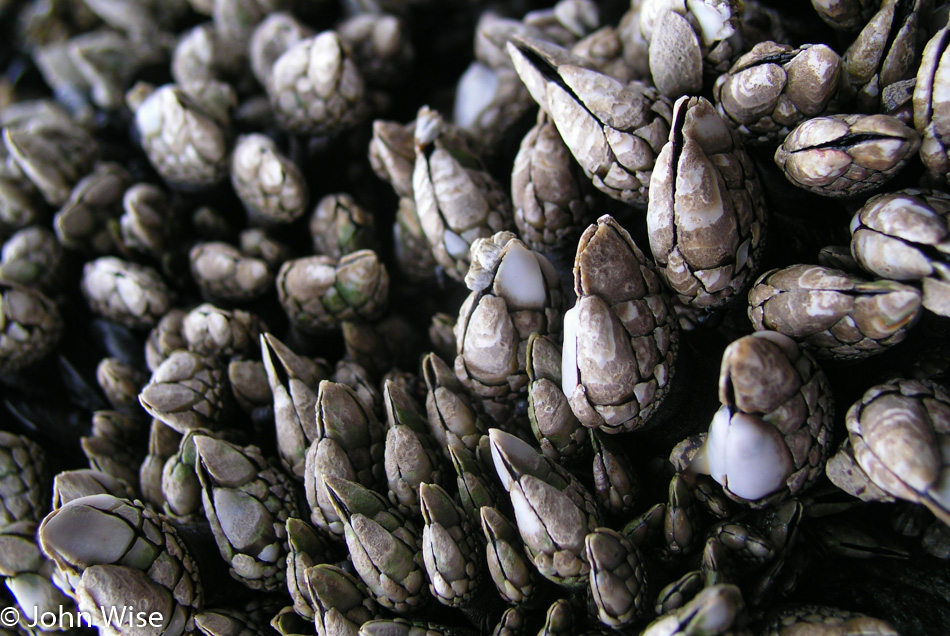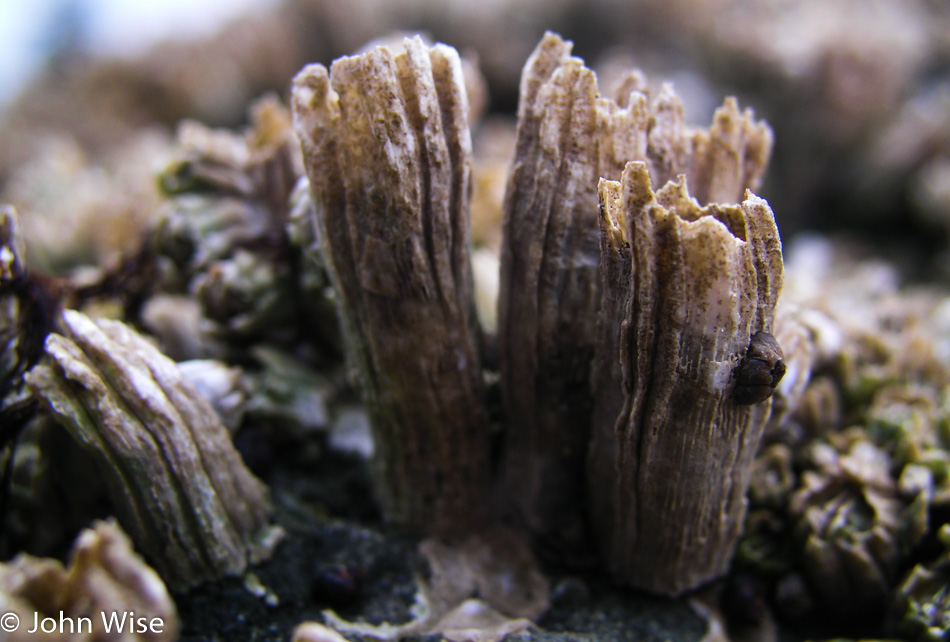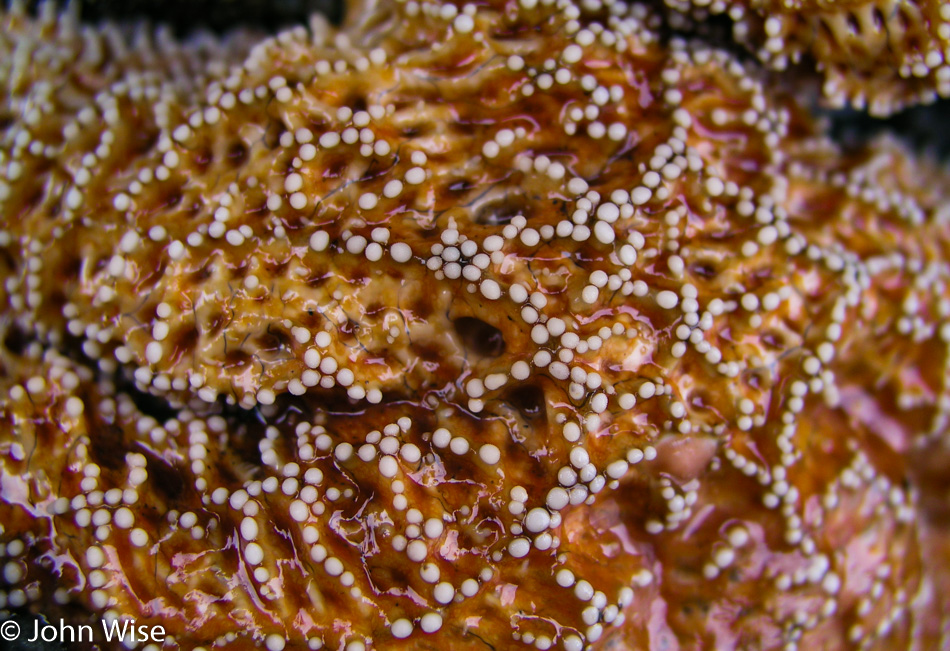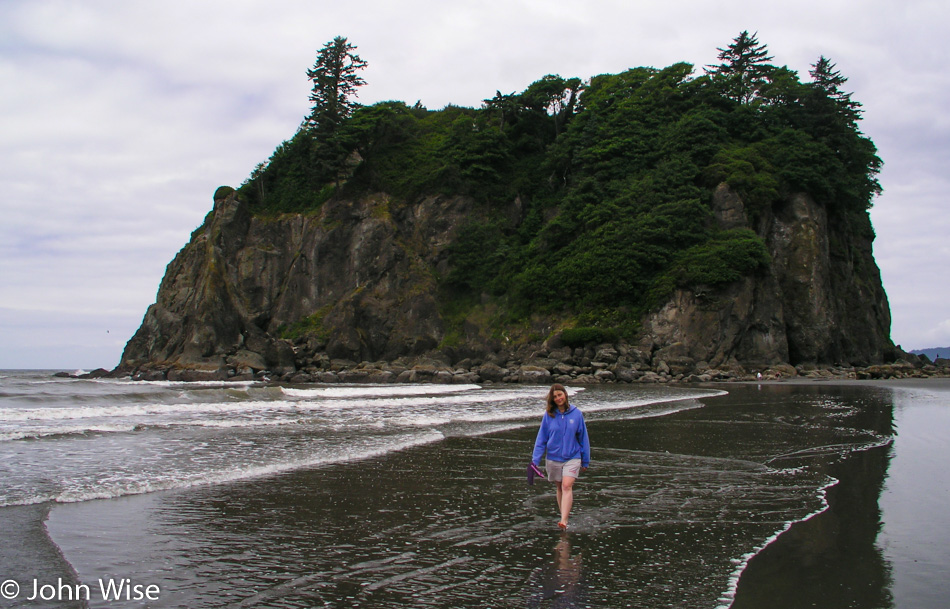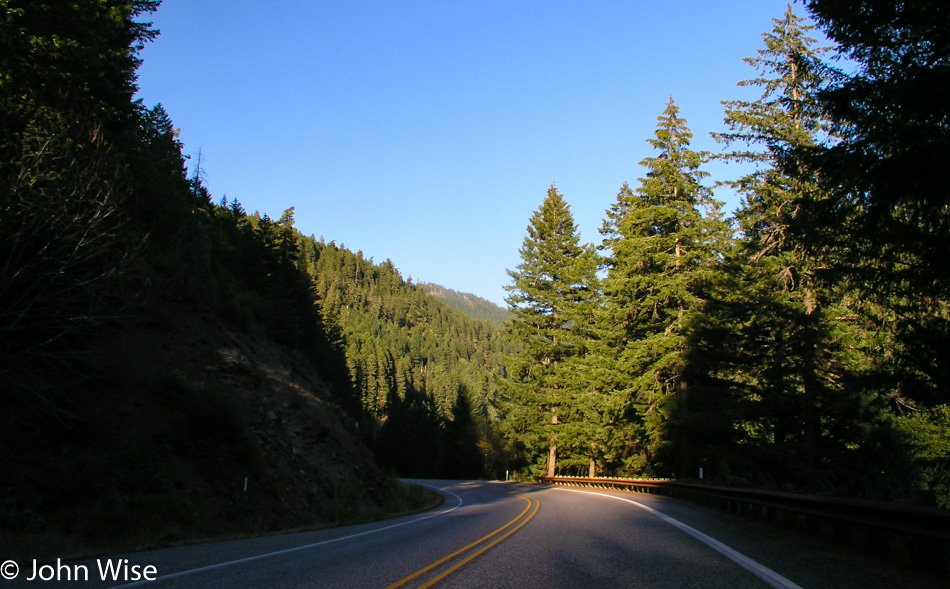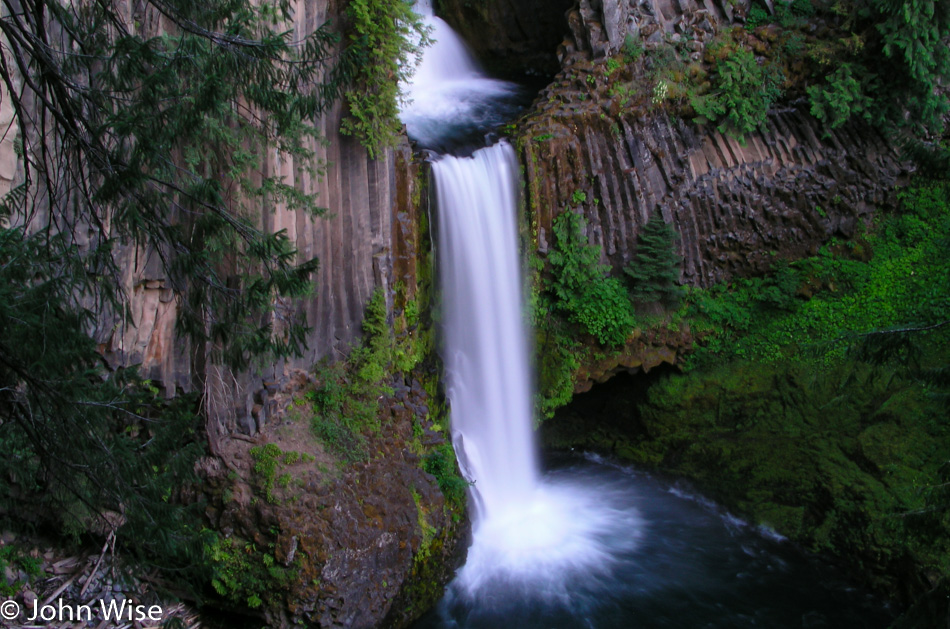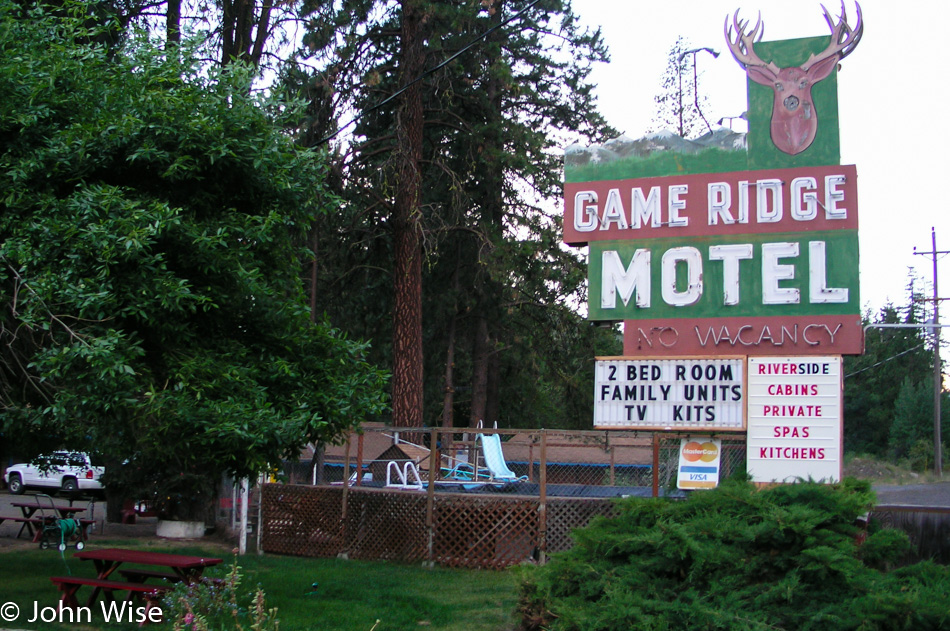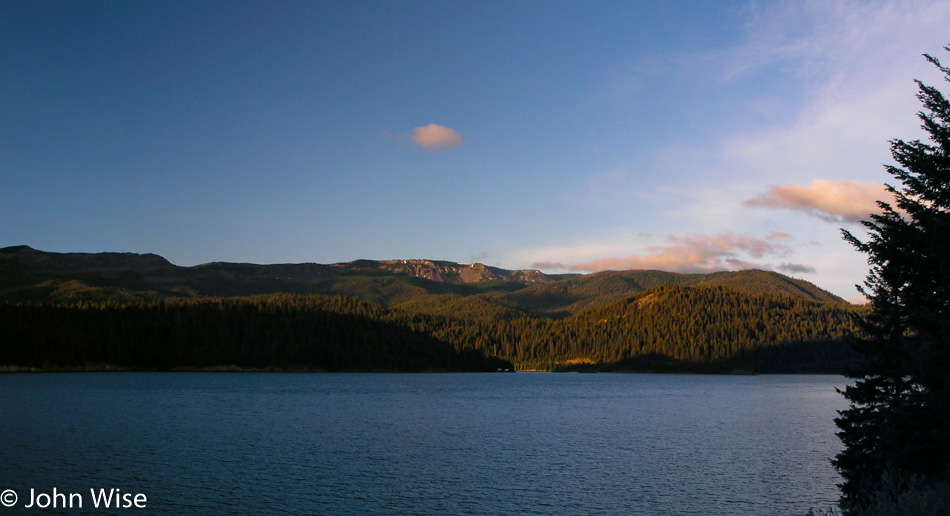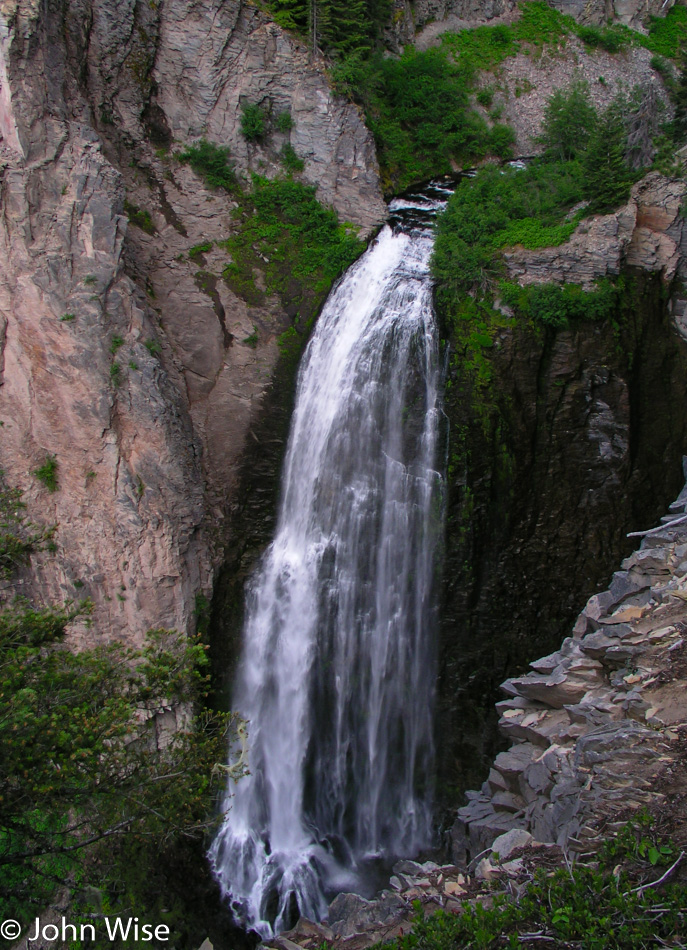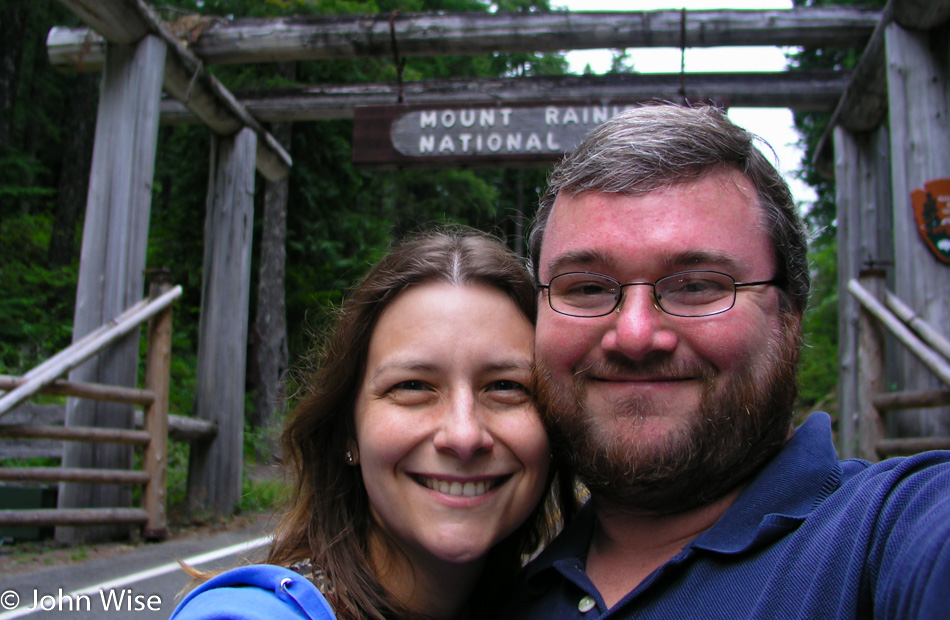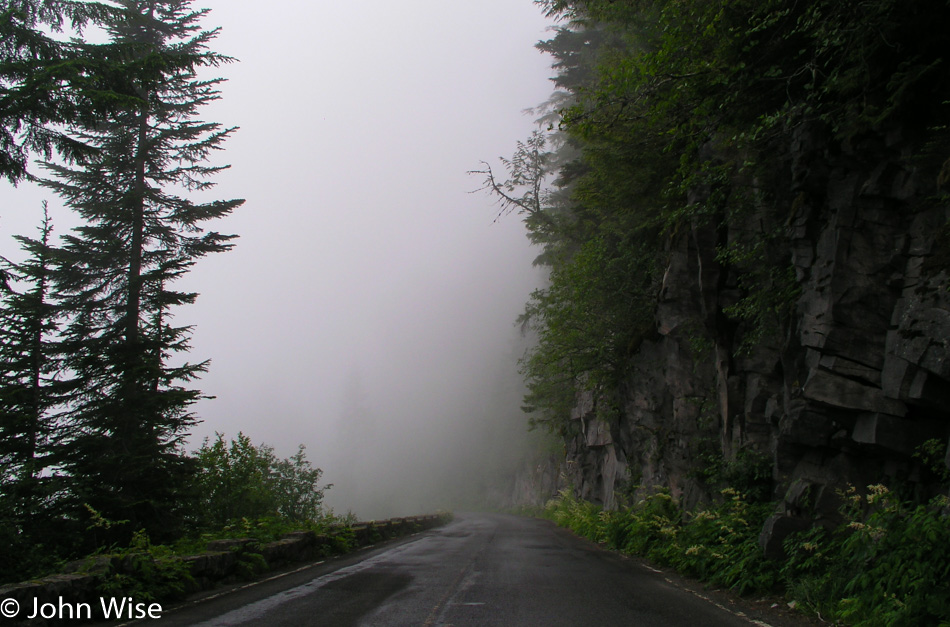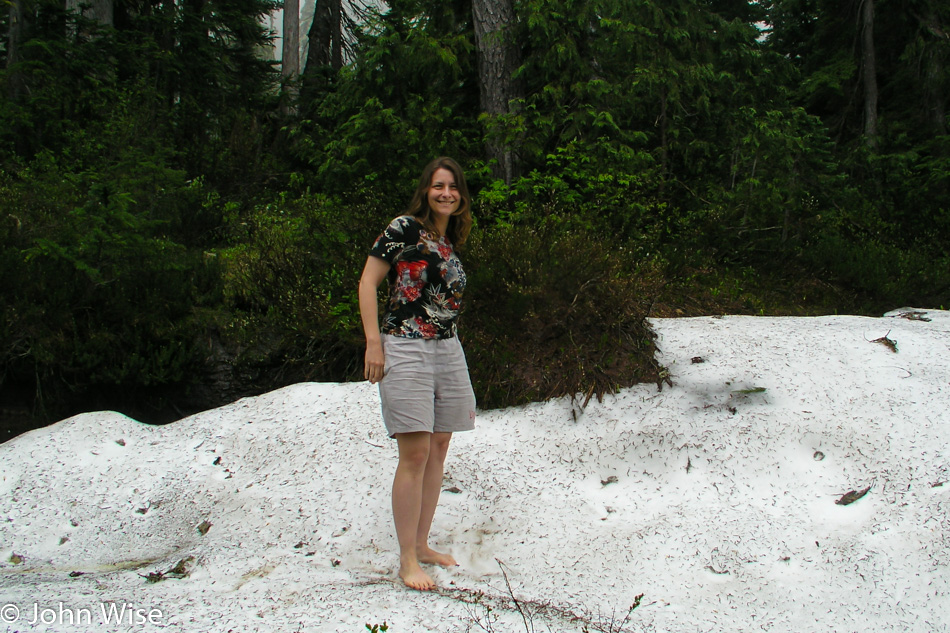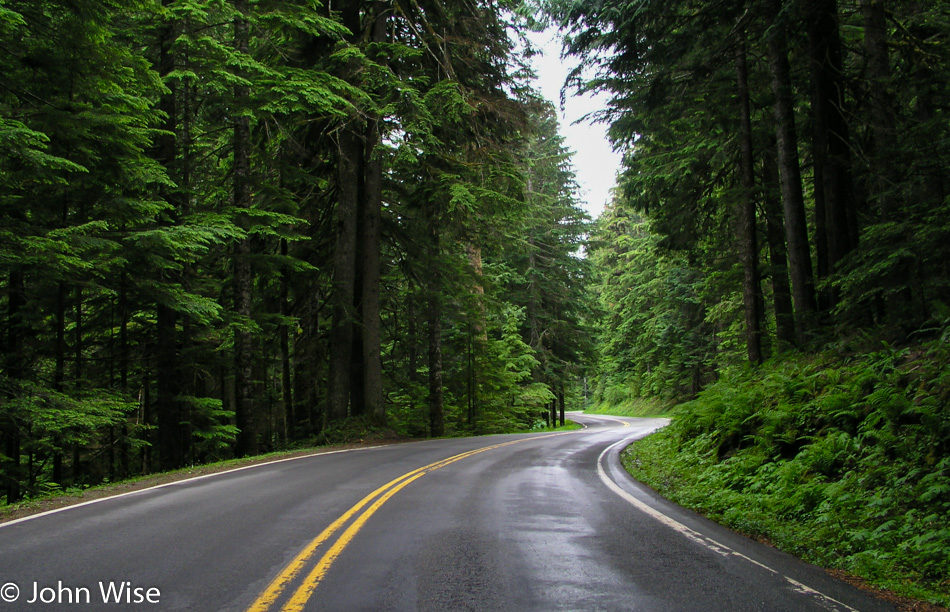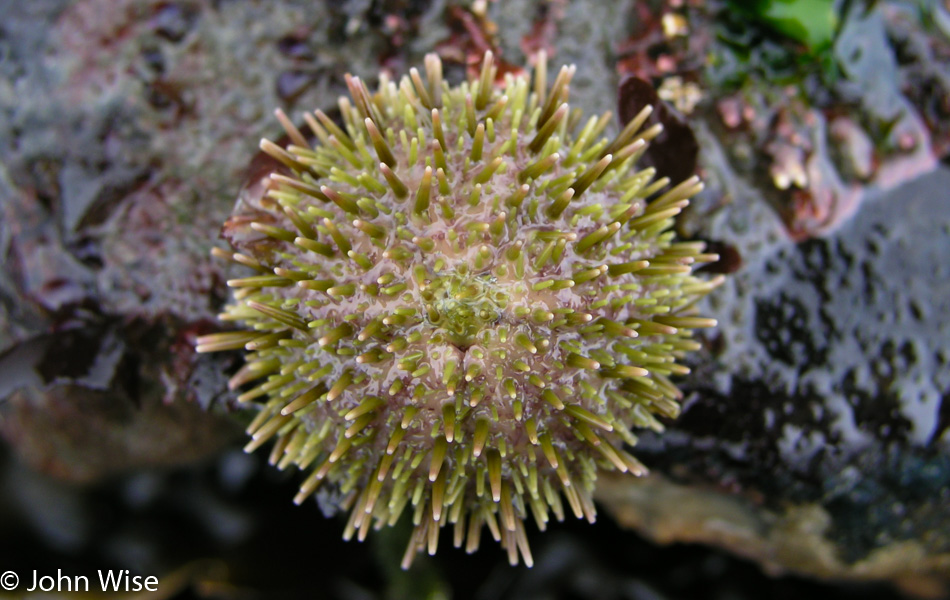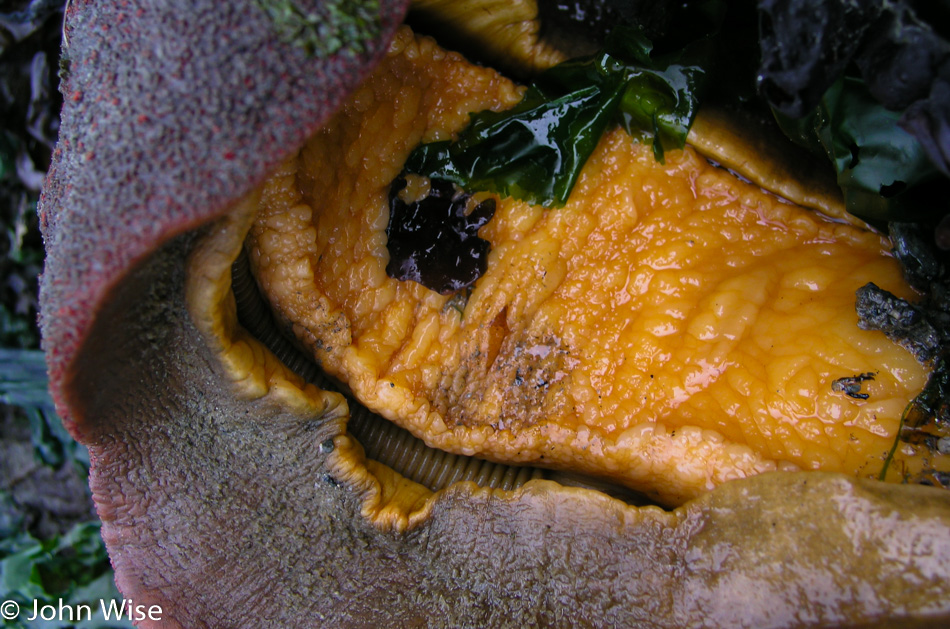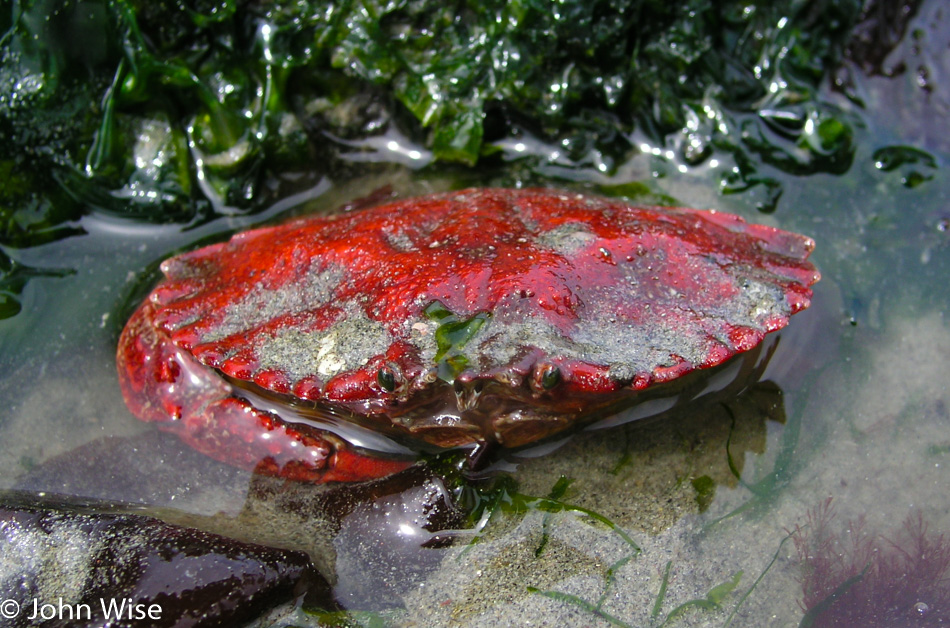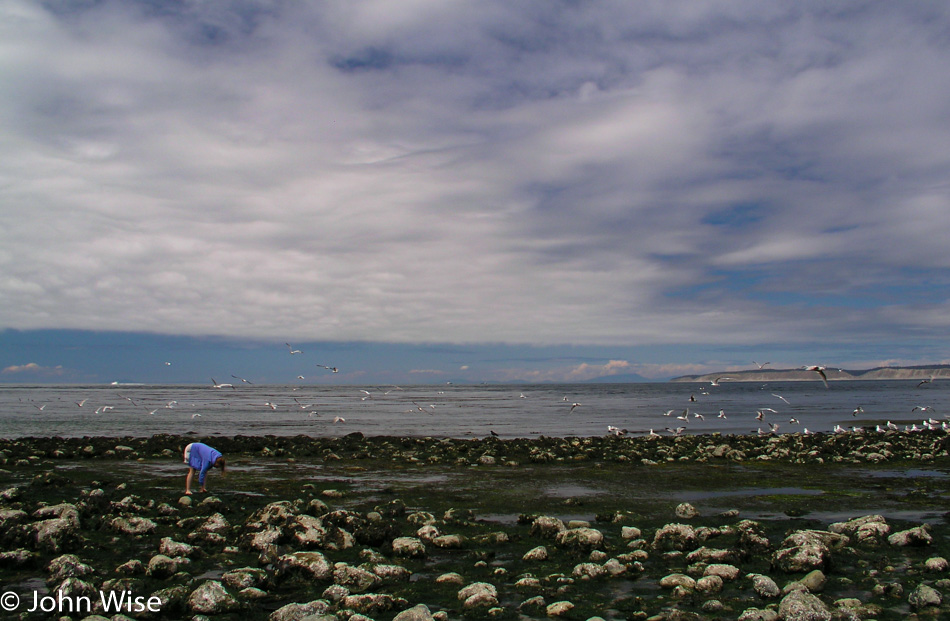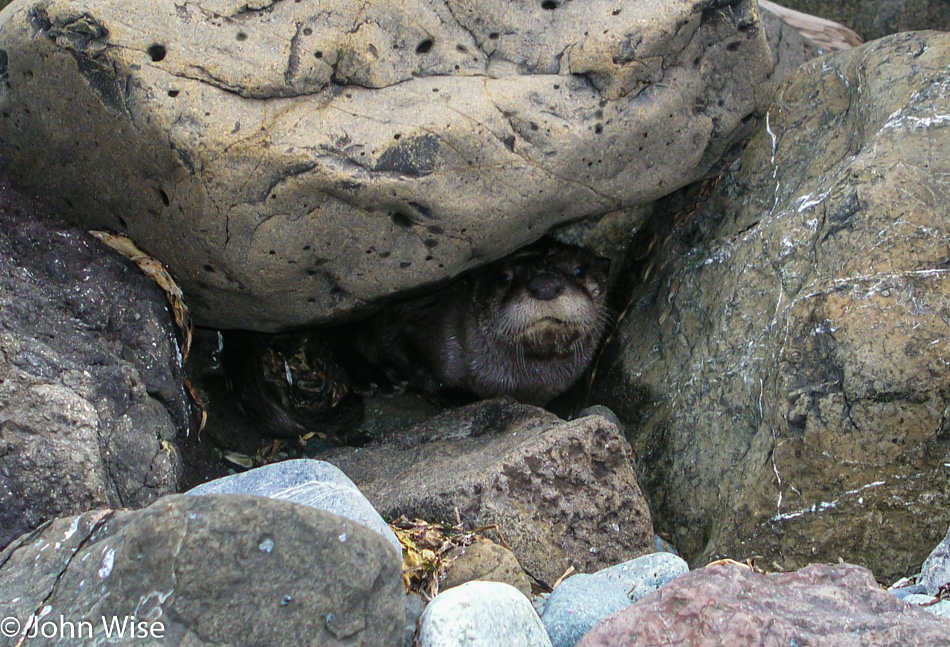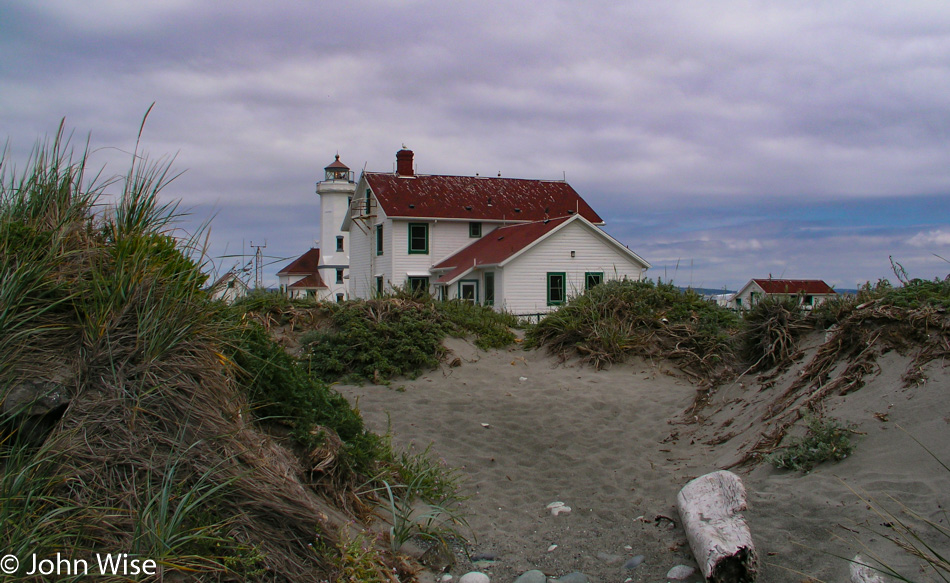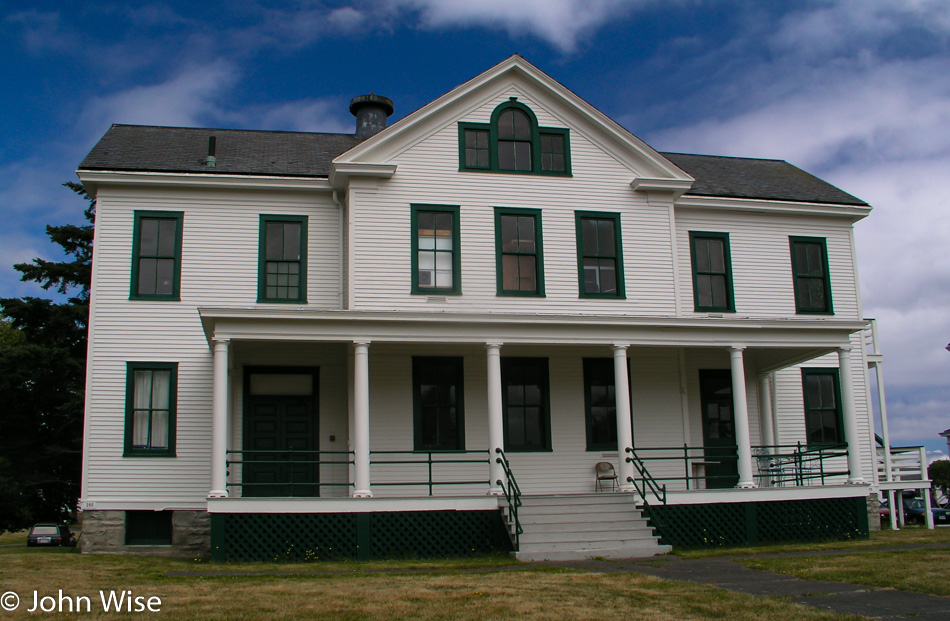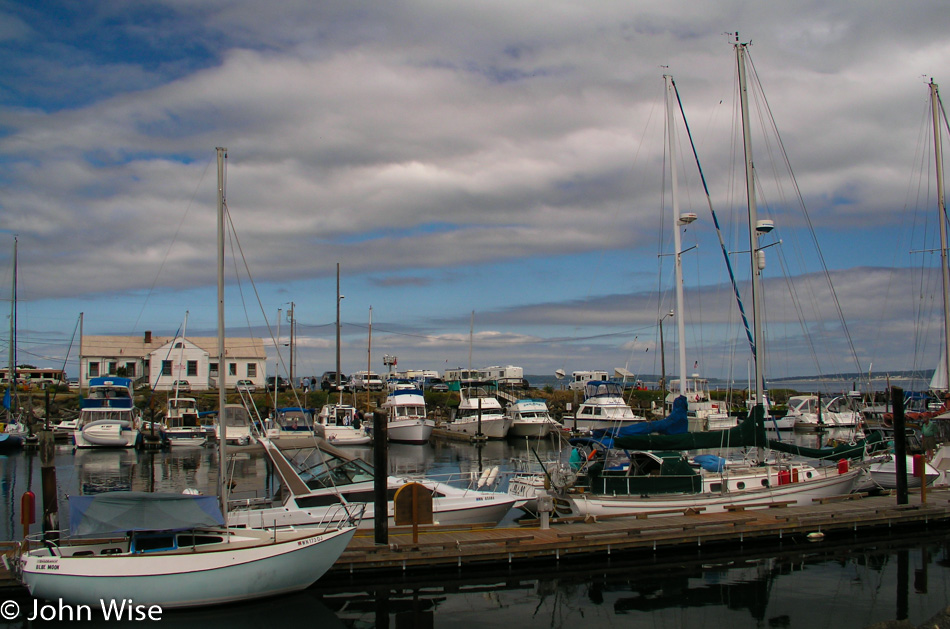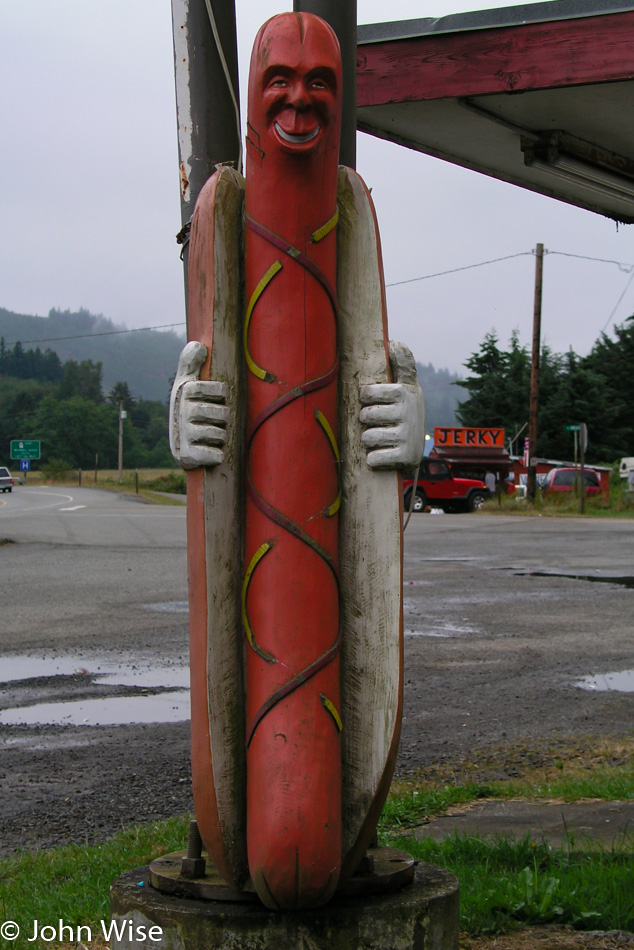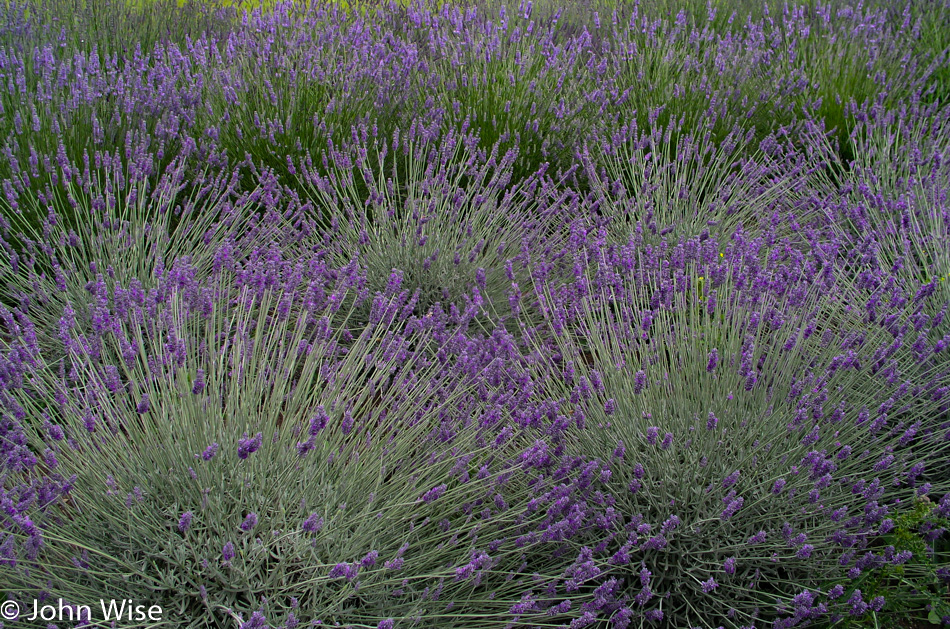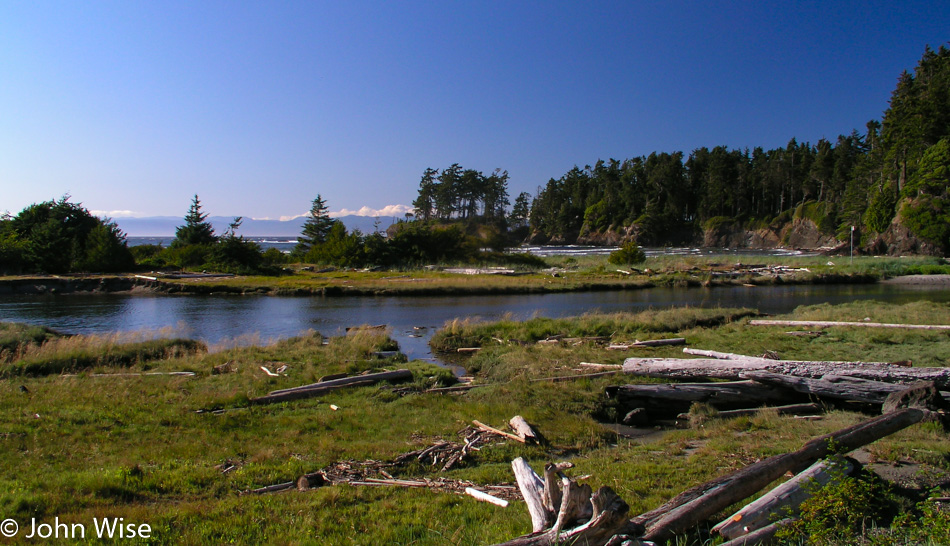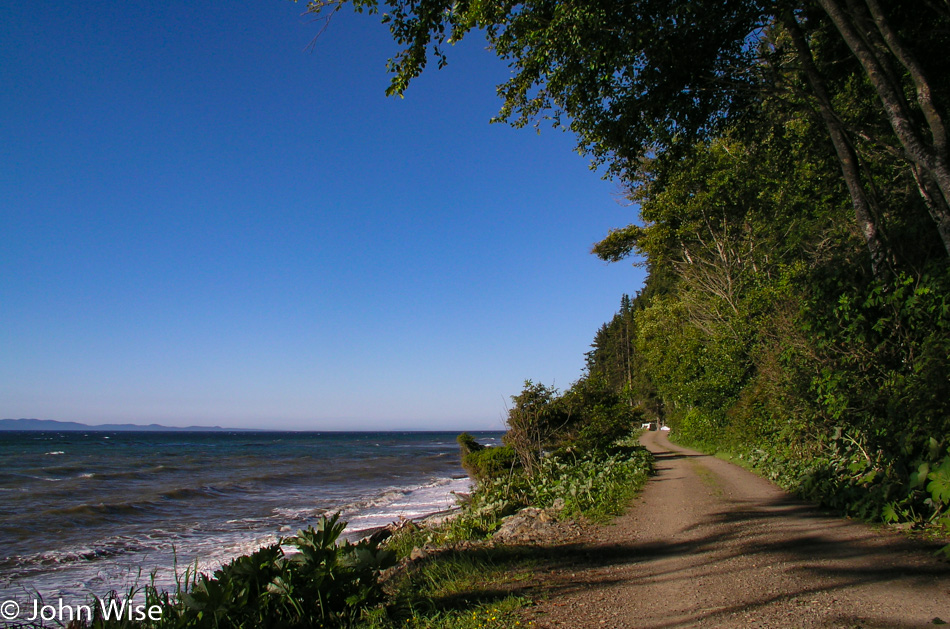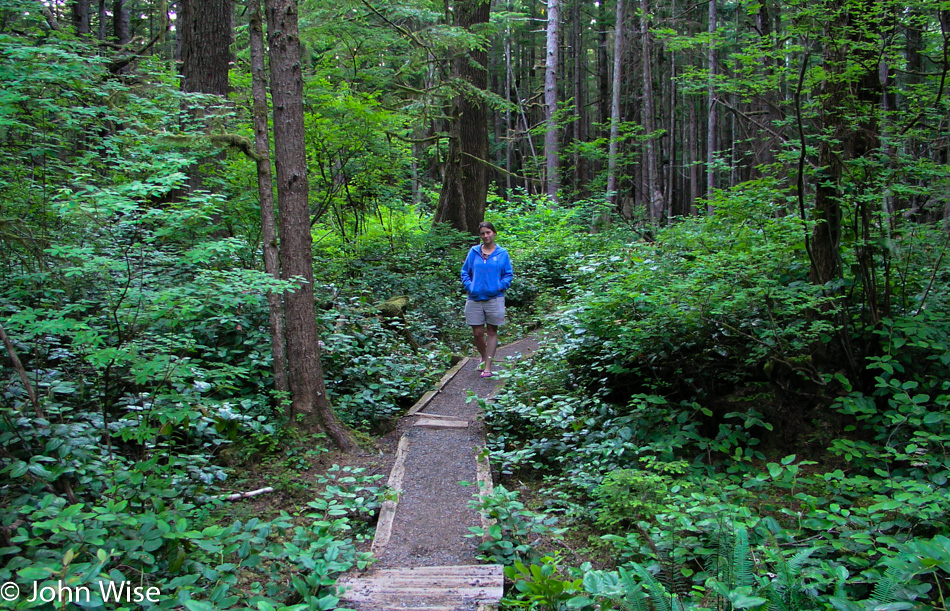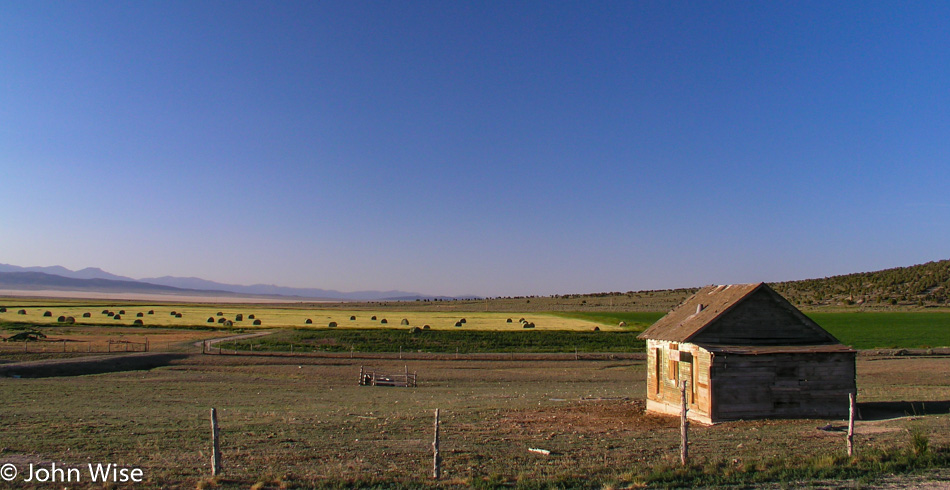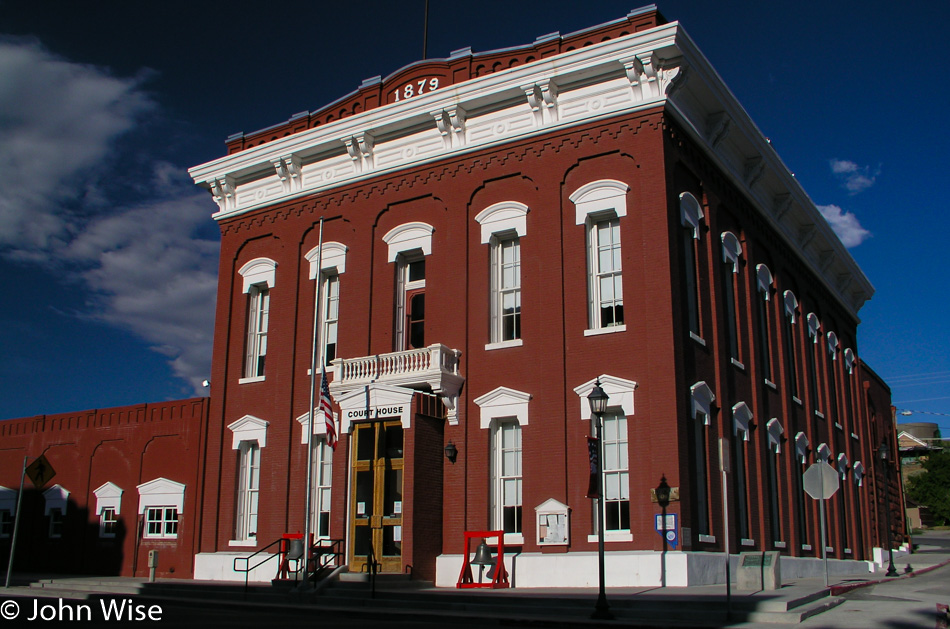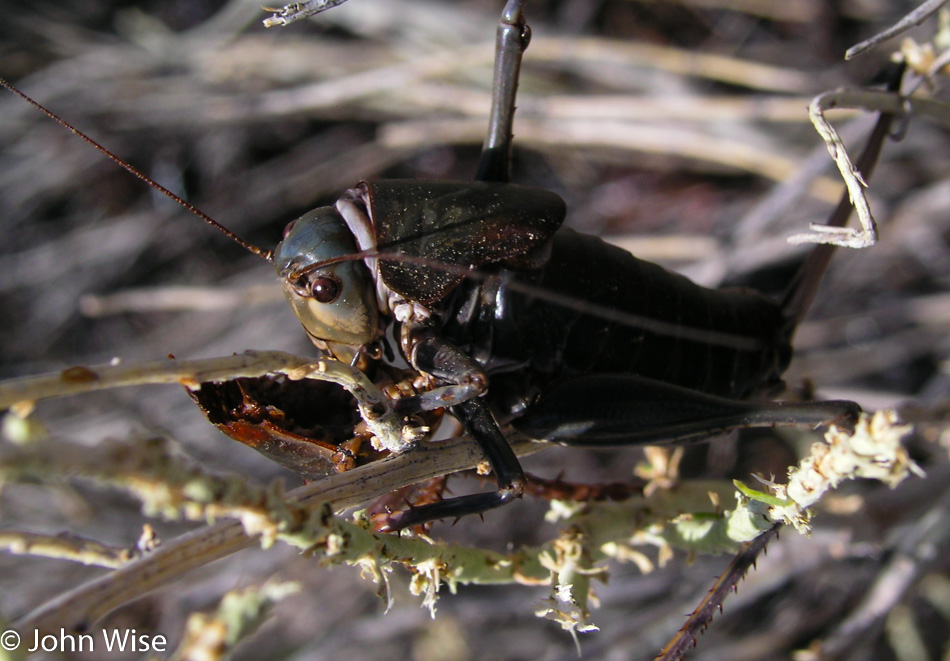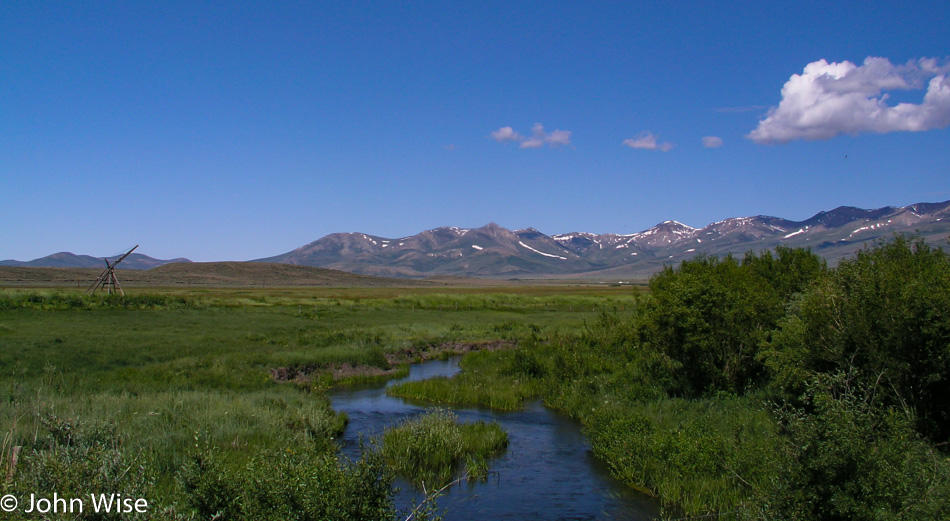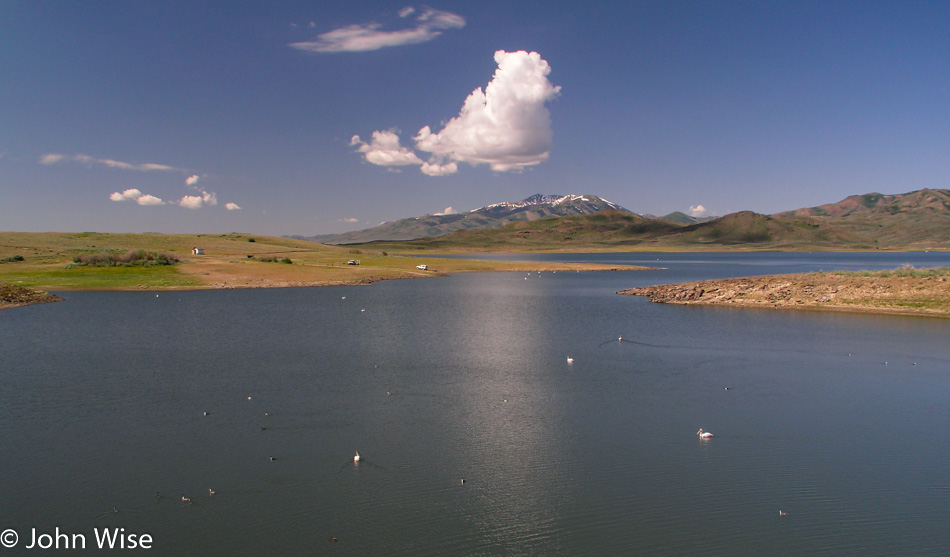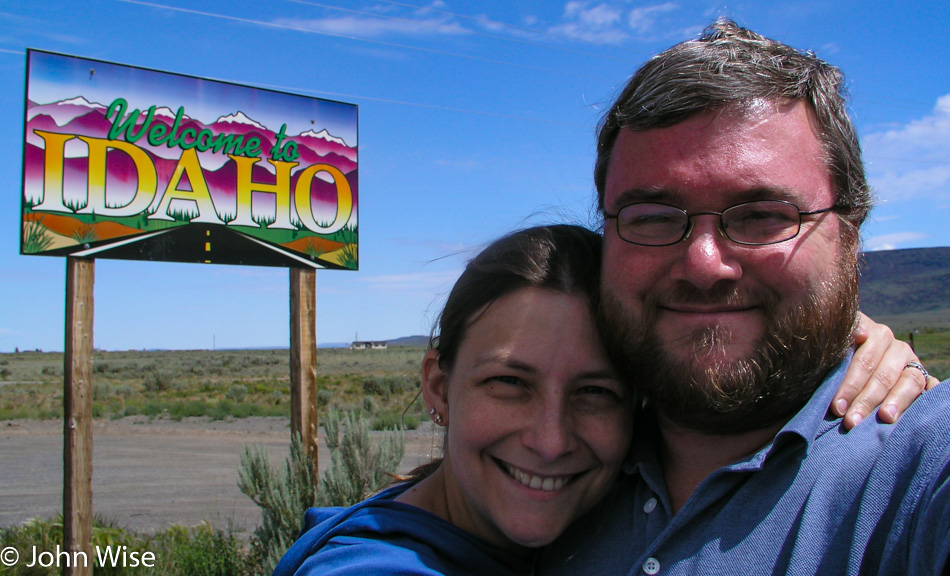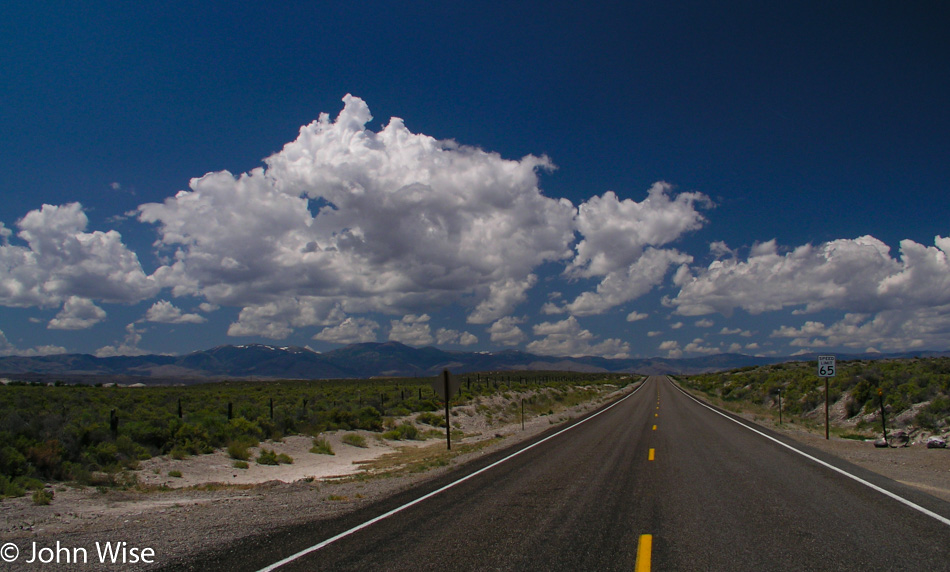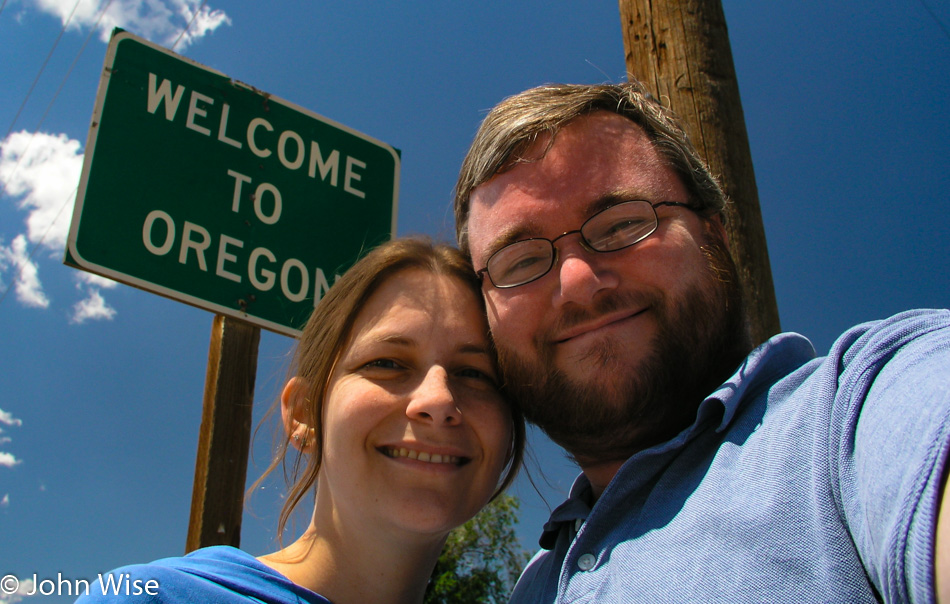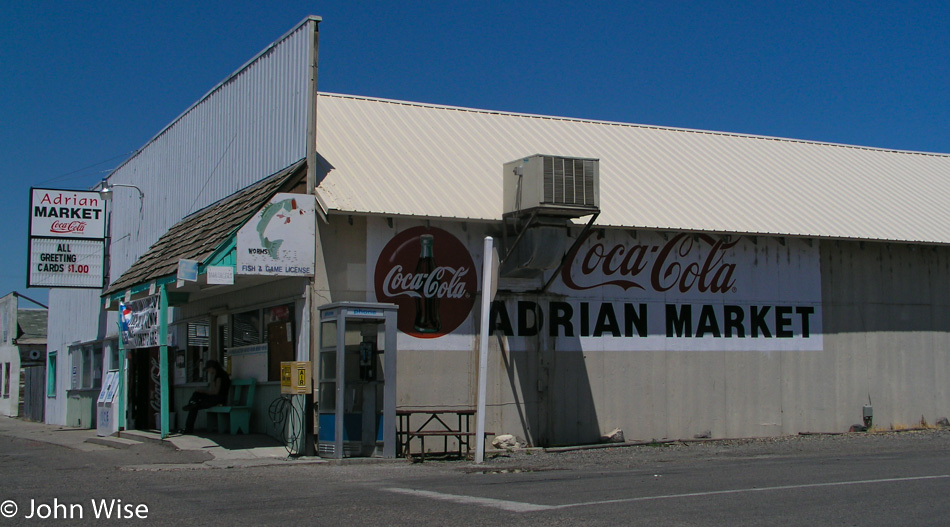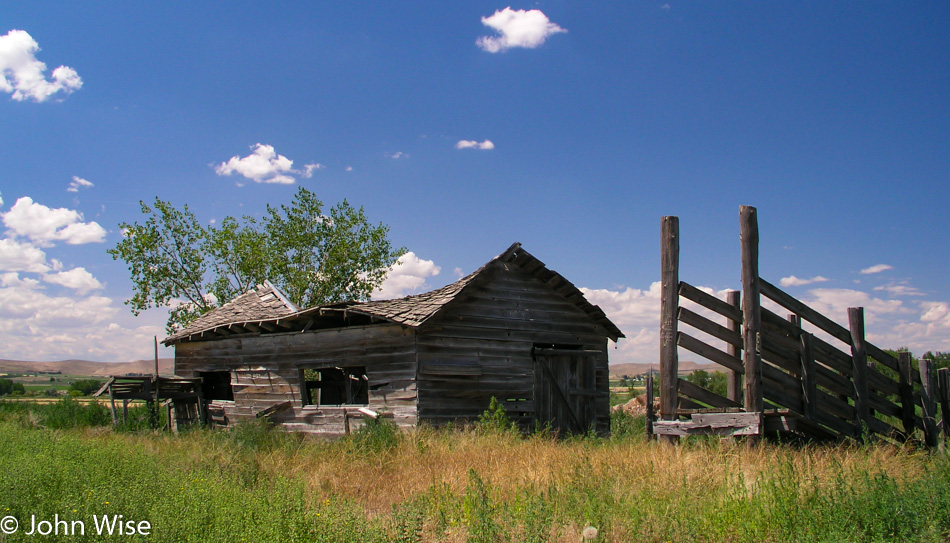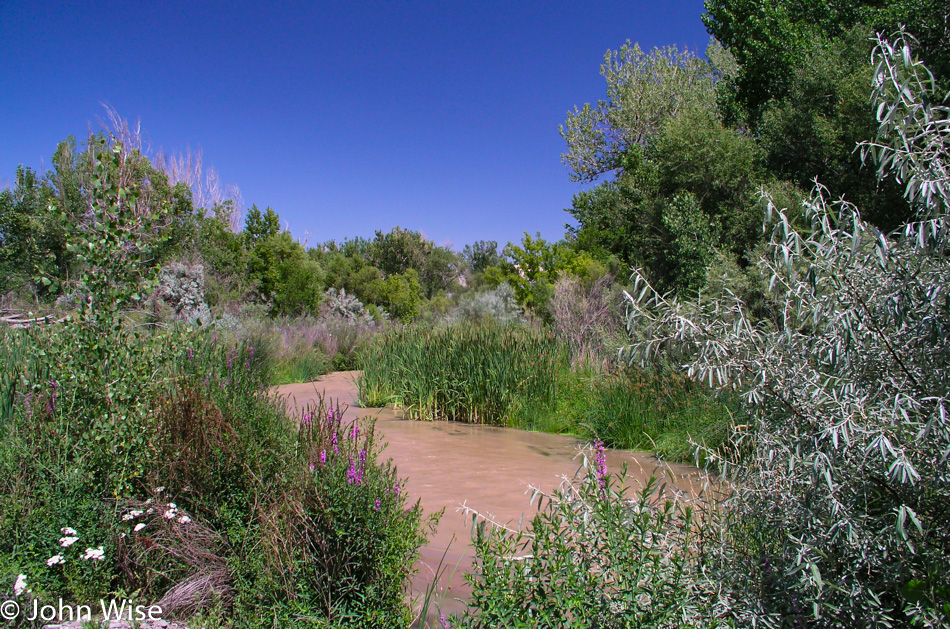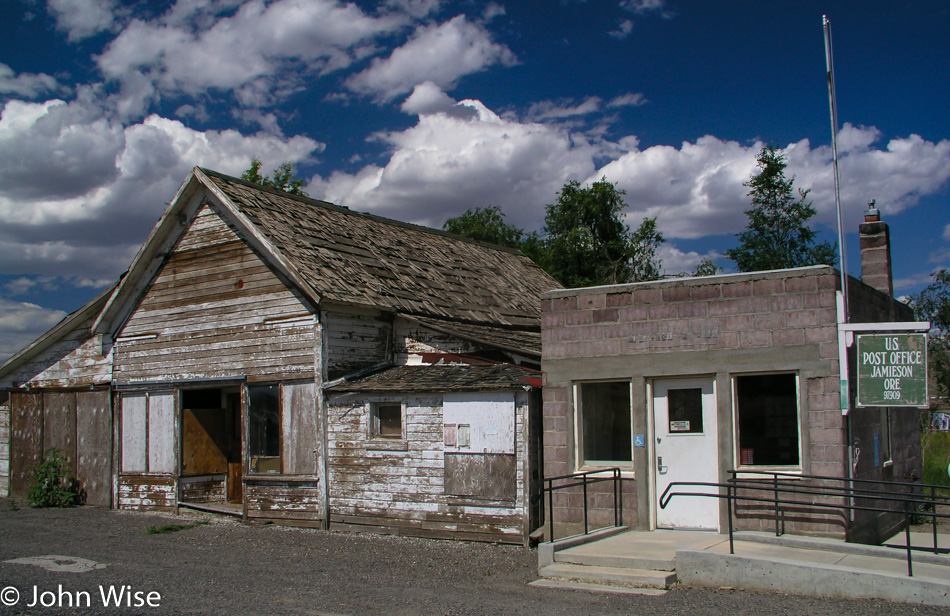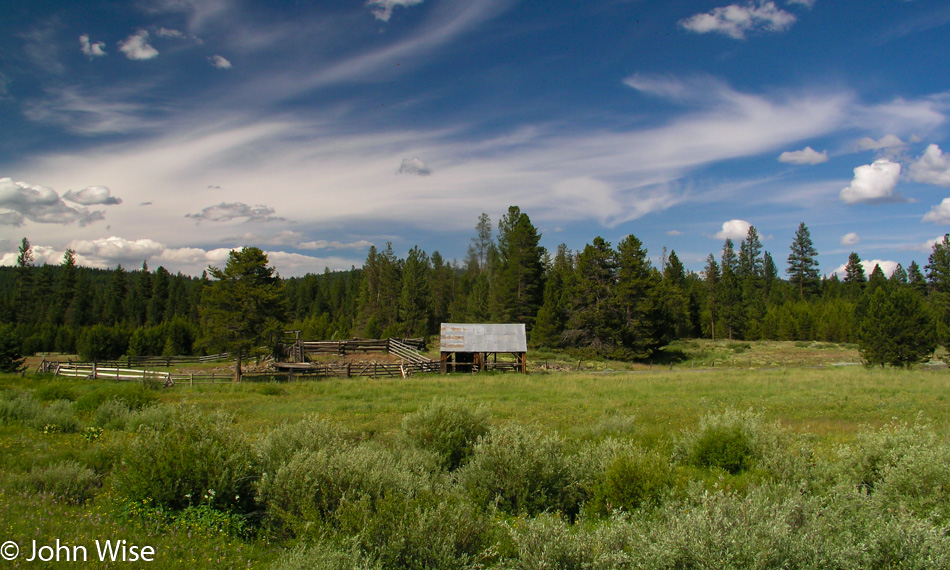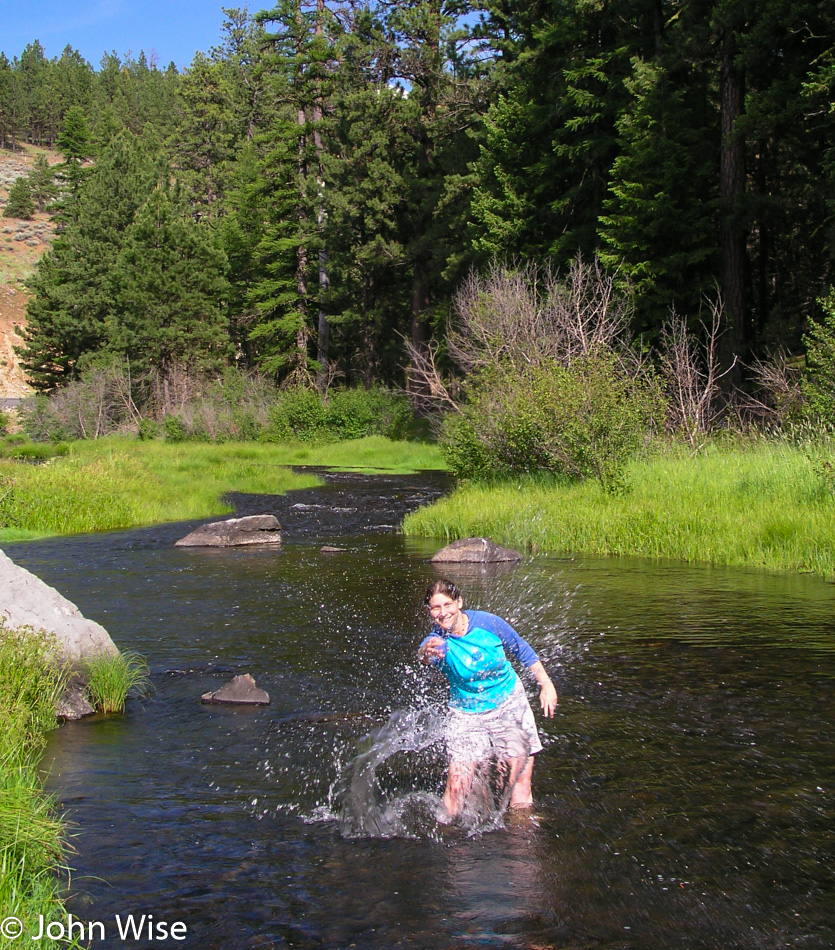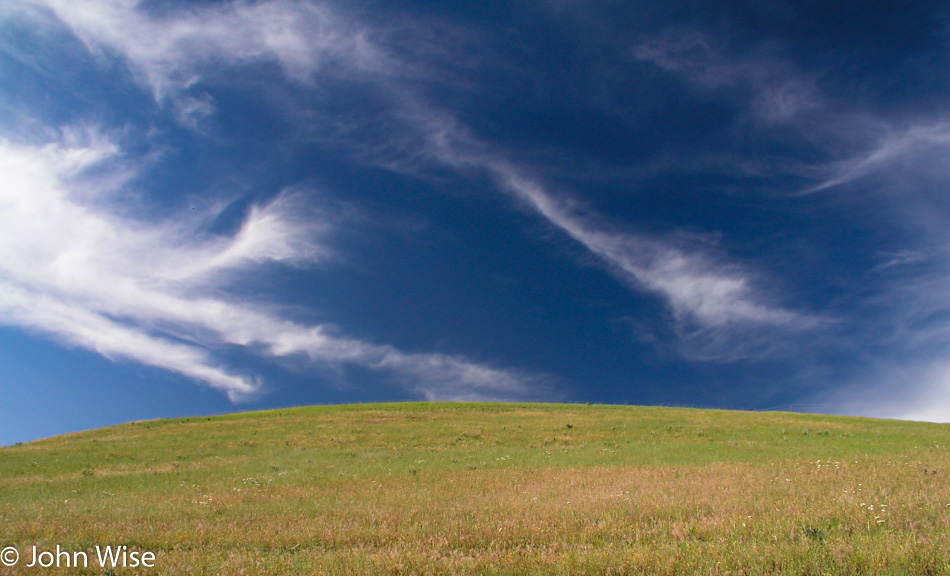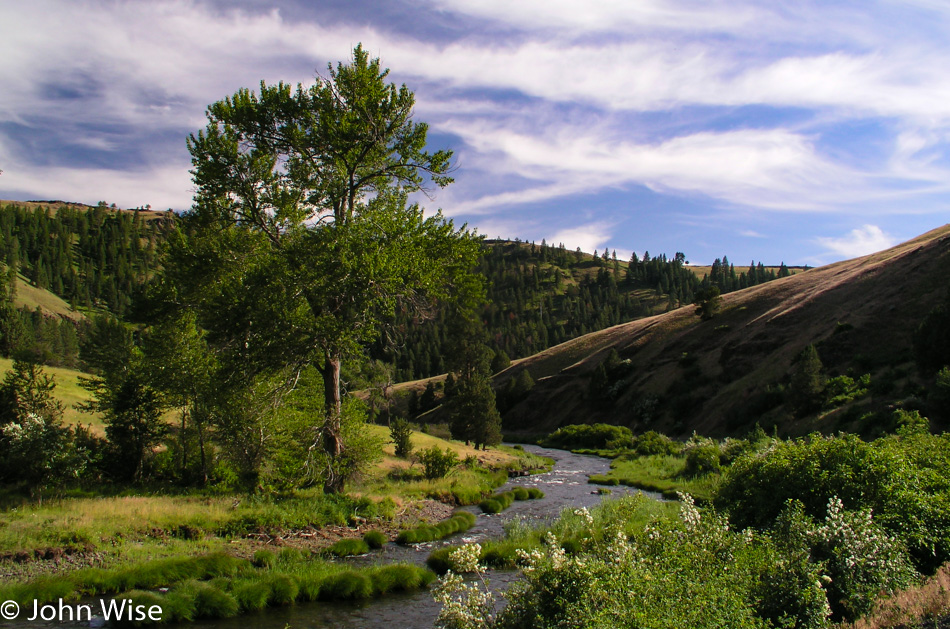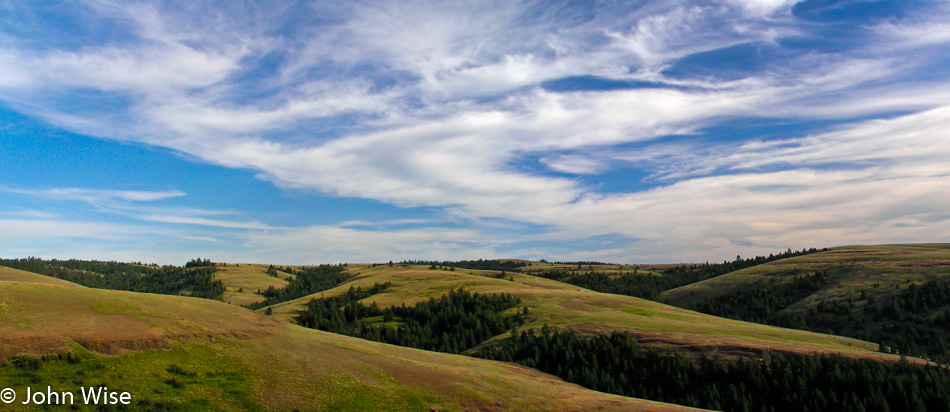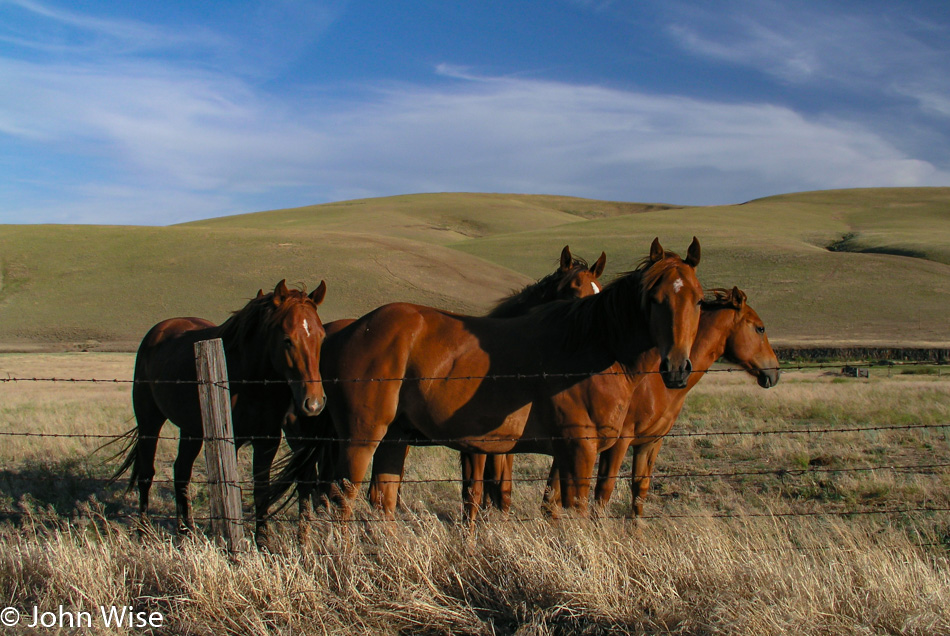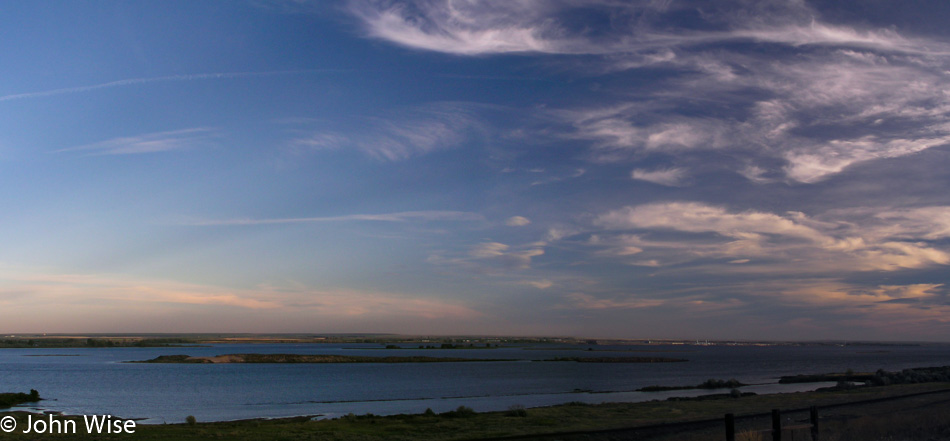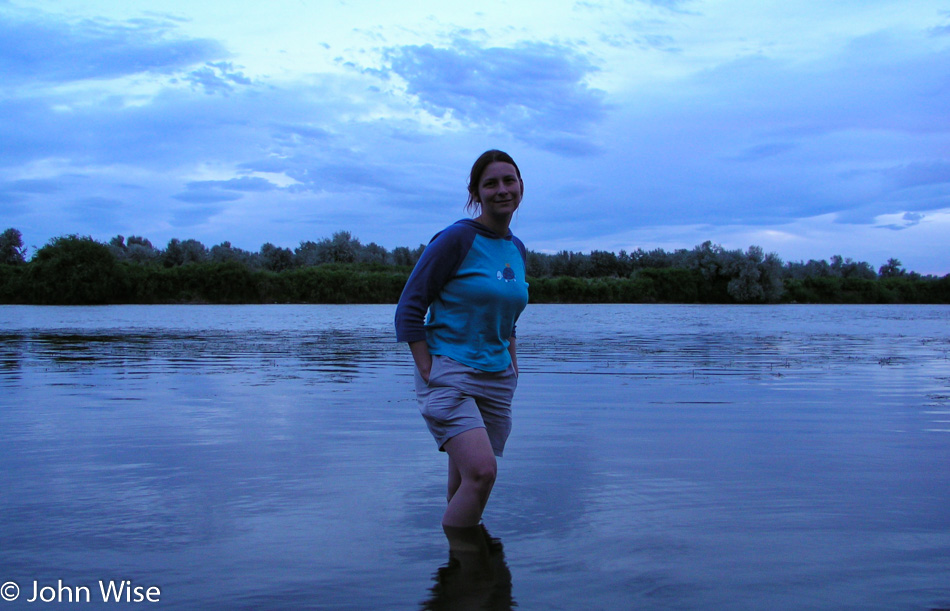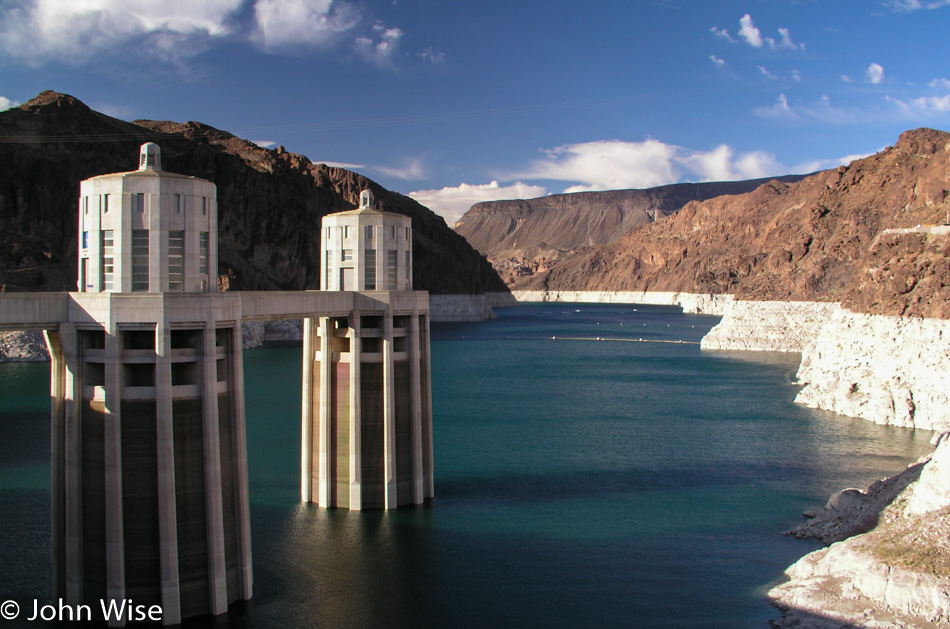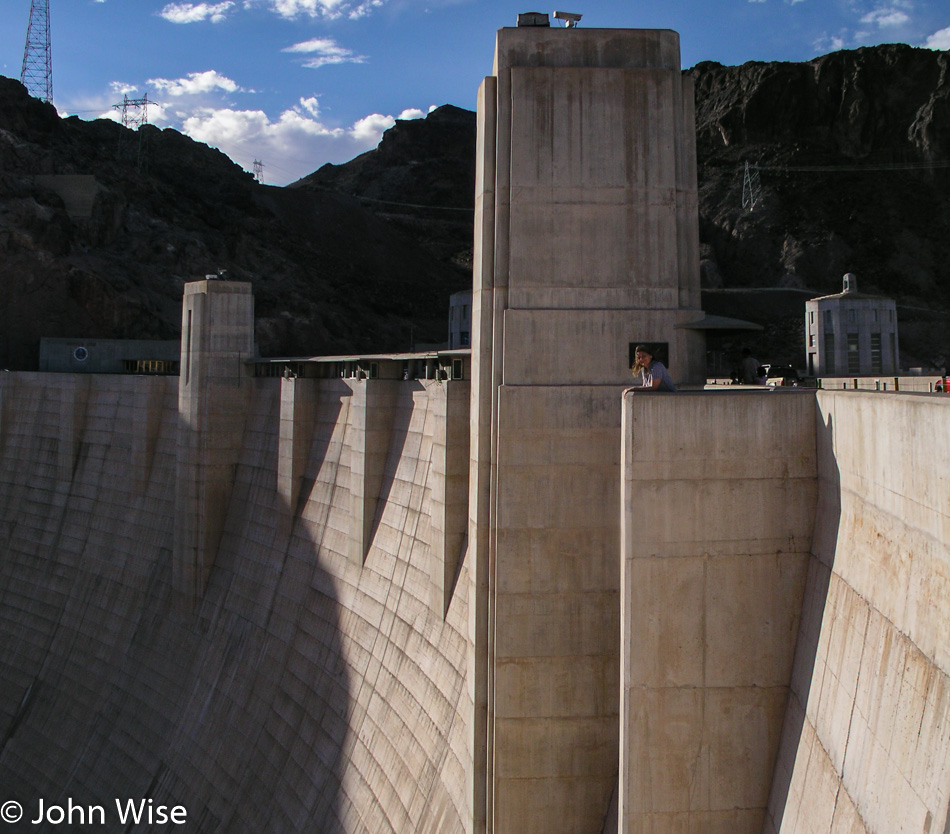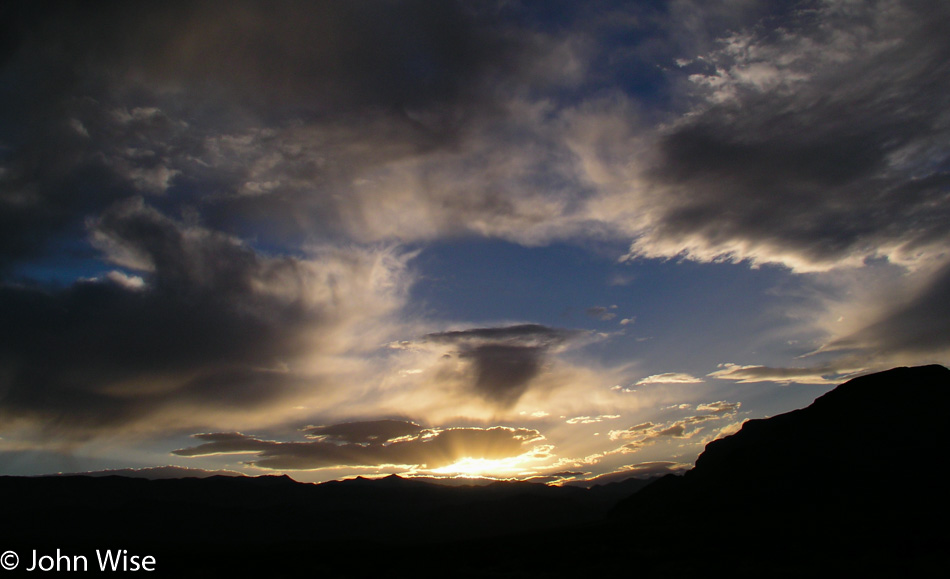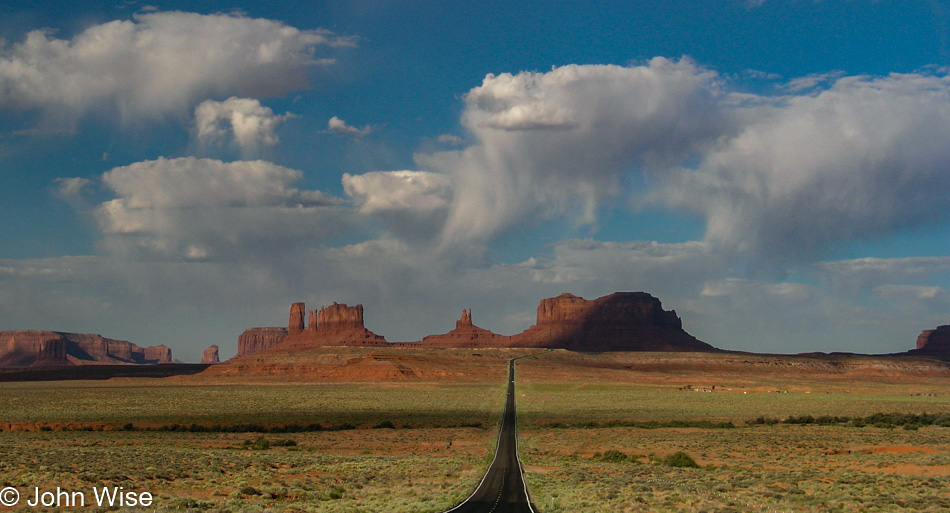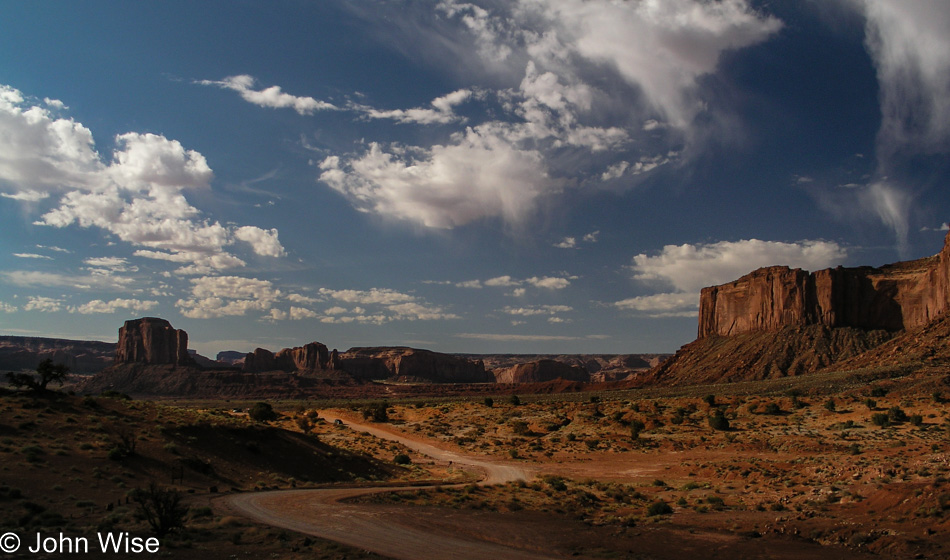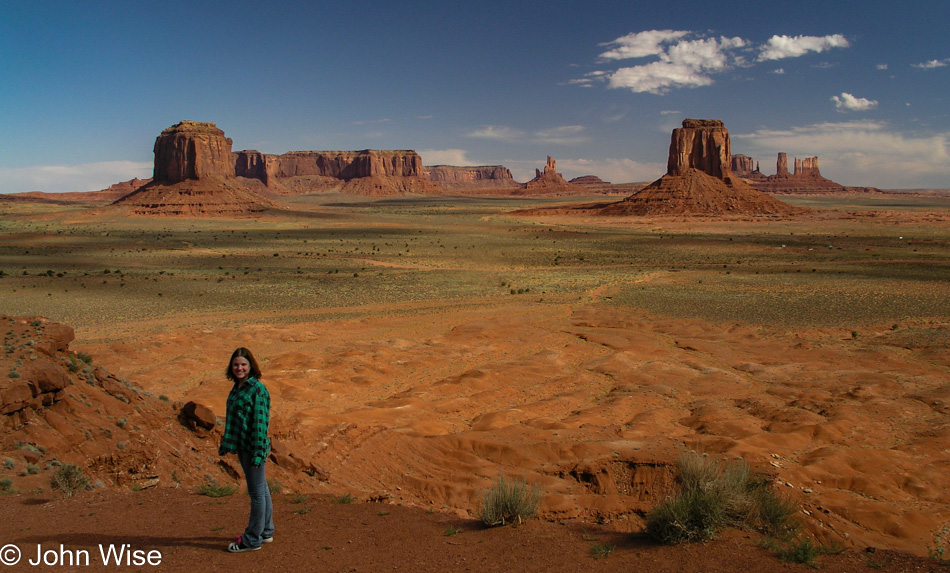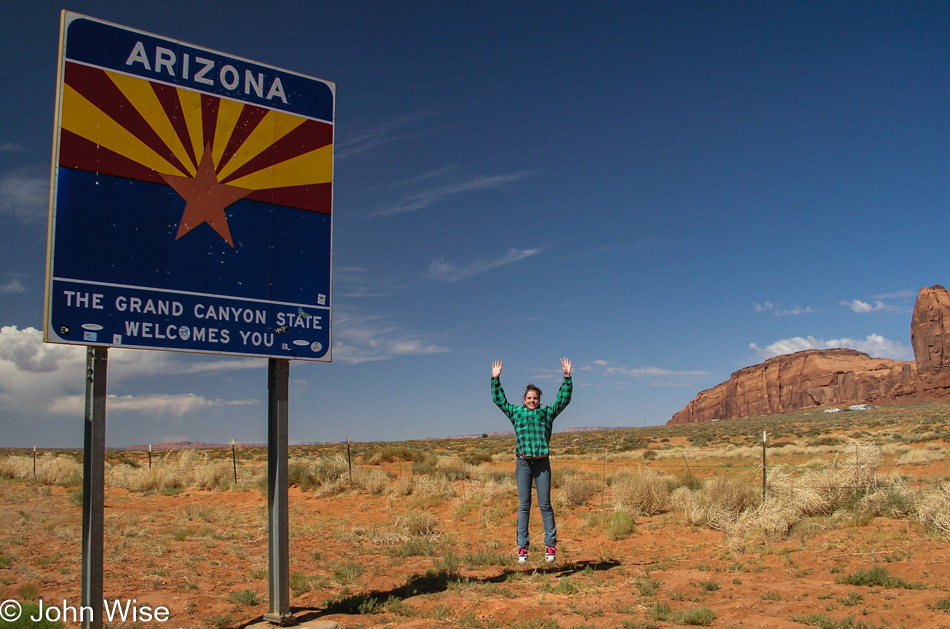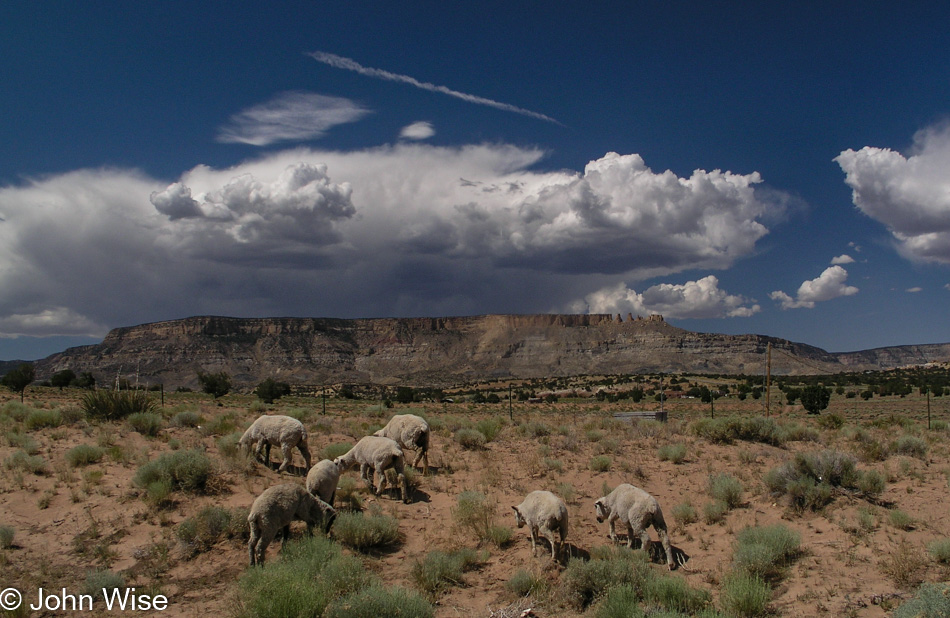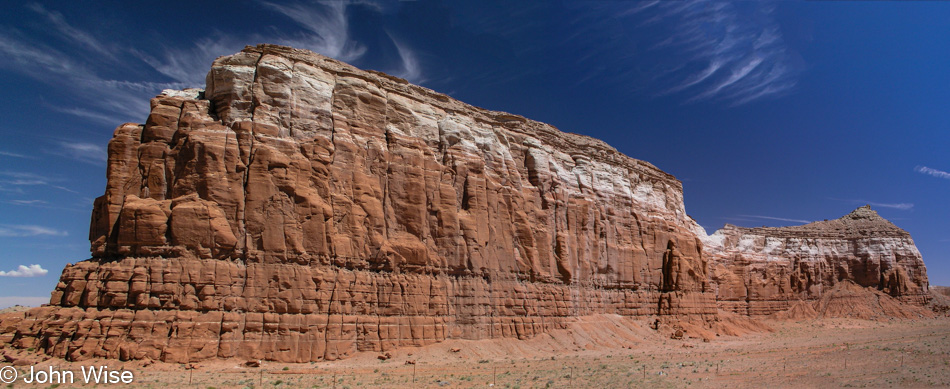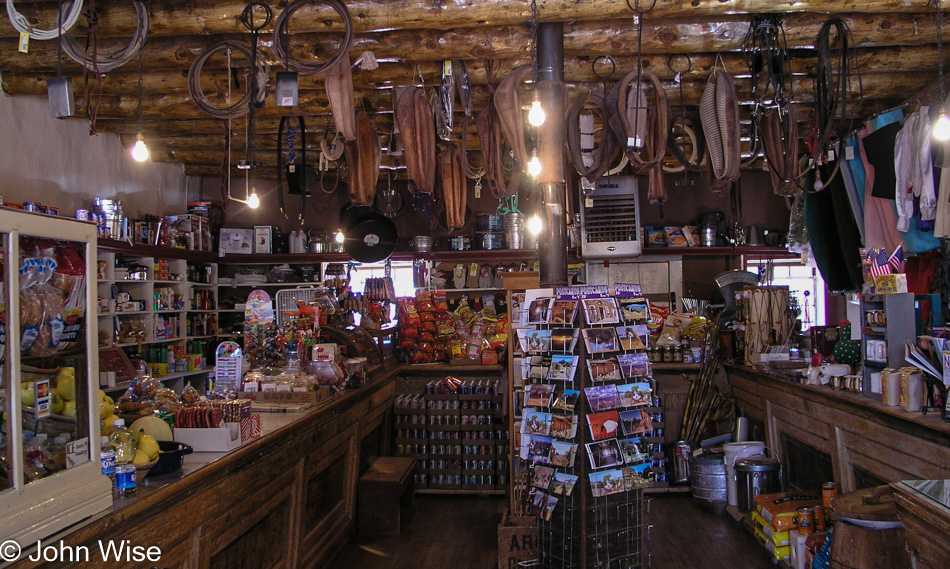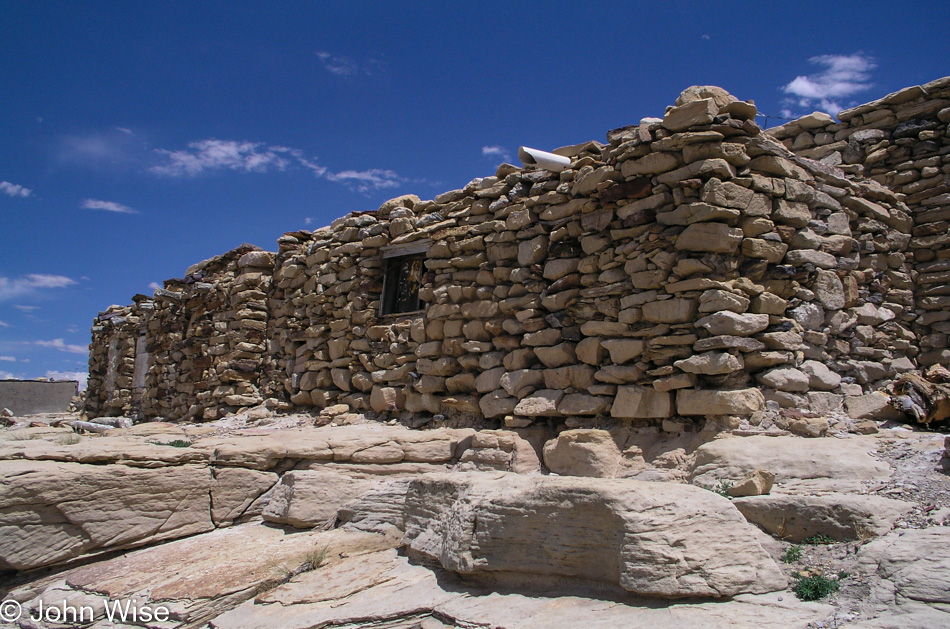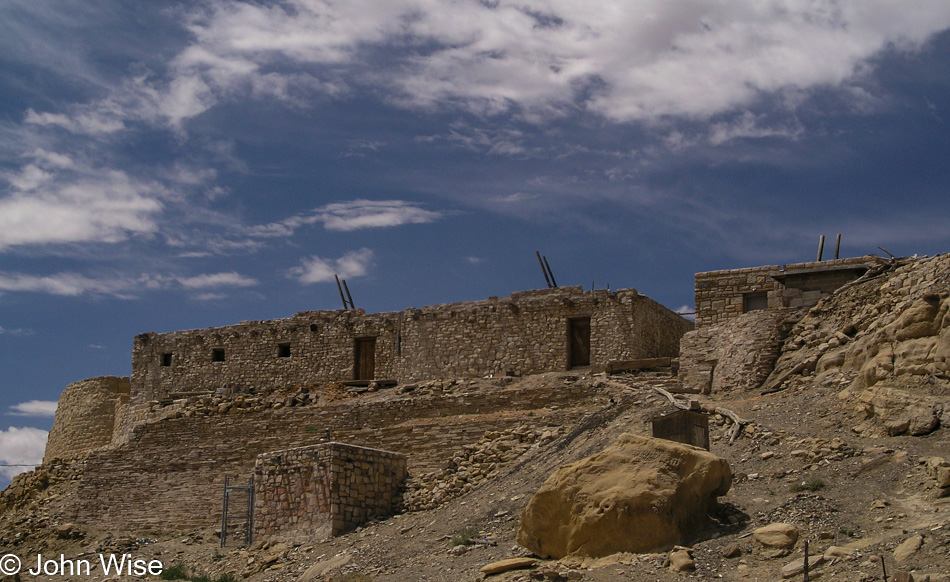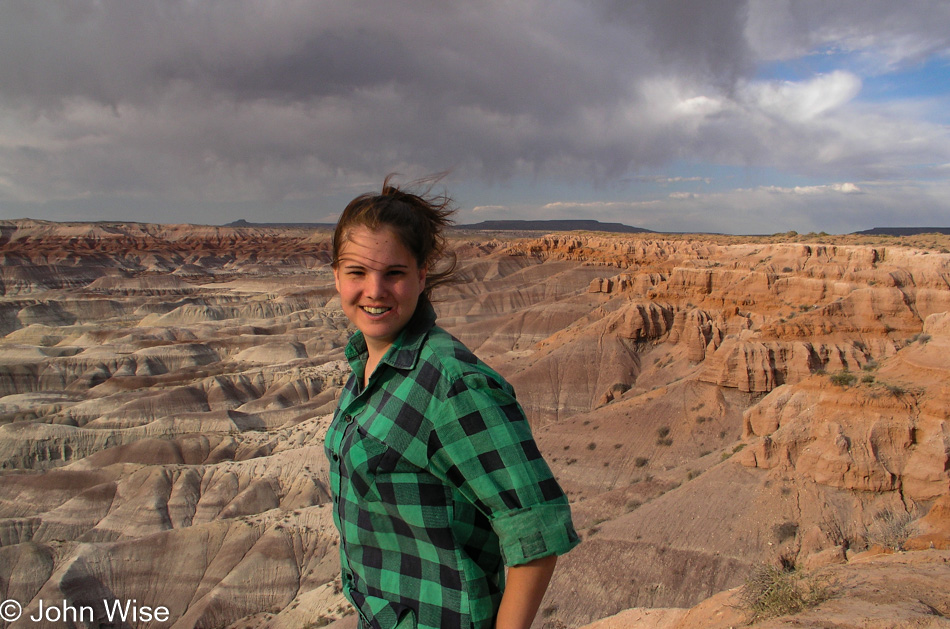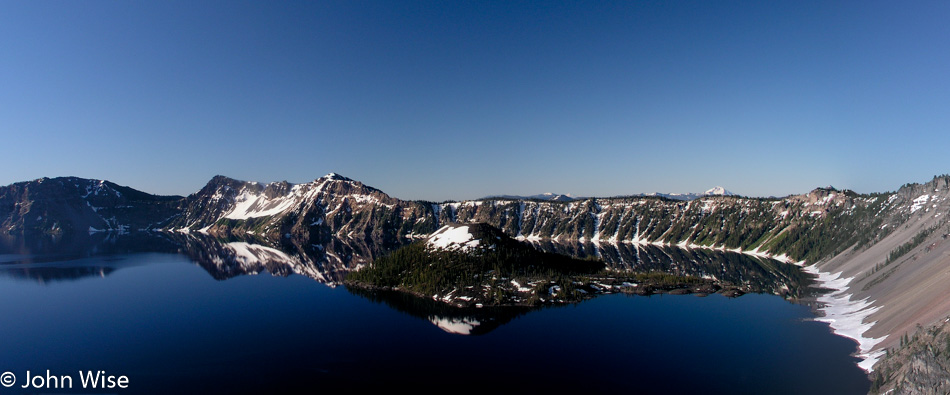
Well, here we are for a return visit to Crater Lake National Park. This good fortune of making follow-up visits seems to be a thing in our lives. There’s no exaggeration when I tell you that never in our wildest dreams did we ever believe we’d be this lucky. But here we are, two years nearly to the day after our first visit, again standing on the rim of this ancient volcano looking into the deepest blue waters either of us has ever seen.
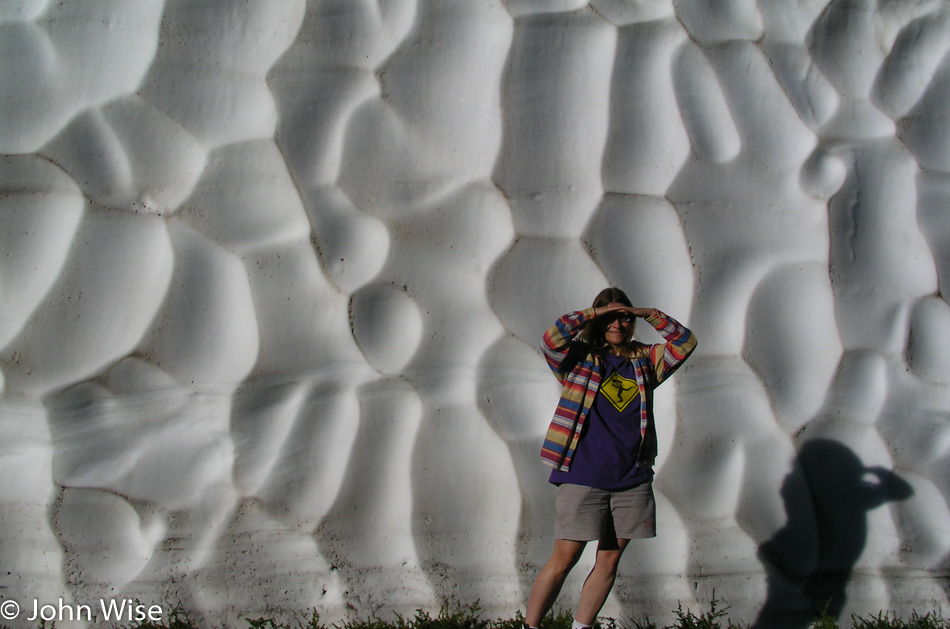
We never expected this much snow at this time of year; this is crazy. So are the mosquitoes feasting on Caroline – so bad that we stopped at the visitors center to buy some “scented” repellent, but it seems there’s just no way of making DEET pleasant to the nose. Good thing it works, and good thing we don’t want children as this stuff is wicked evil.
I don’t know how many other times I’ve mentioned this (probably dozens), but the shirt Caroline is wearing that seems to go on all of our travels is effectively Caroline’s wedding dress. To hell with the white dress stuff; this shirt that we picked up at Eurodisney in Paris, France, on her 25th Birthday in 1992 is the one she wore a couple of years later in Las Vegas, Nevada when we were married at the Little White Chapel. Traveling with memories to make new memories that’s how we go down the road of life.
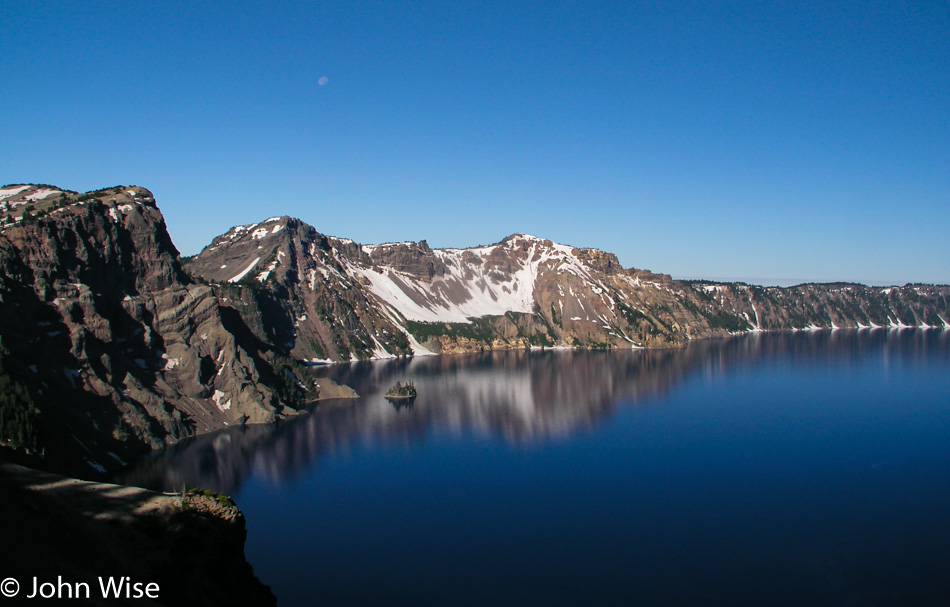
It might be slightly difficult to see in such a wide view, but there’s a small island out there on the left; it’s called the Phantom Ship and stands 170 feet above the lake surface. So consider that the tiny island is actually the height of about a 15-story building and maybe you get an idea of the scale of this ancient crater. Actually, this crater is not all that ancient, as it was created a mere 7,700 years ago.
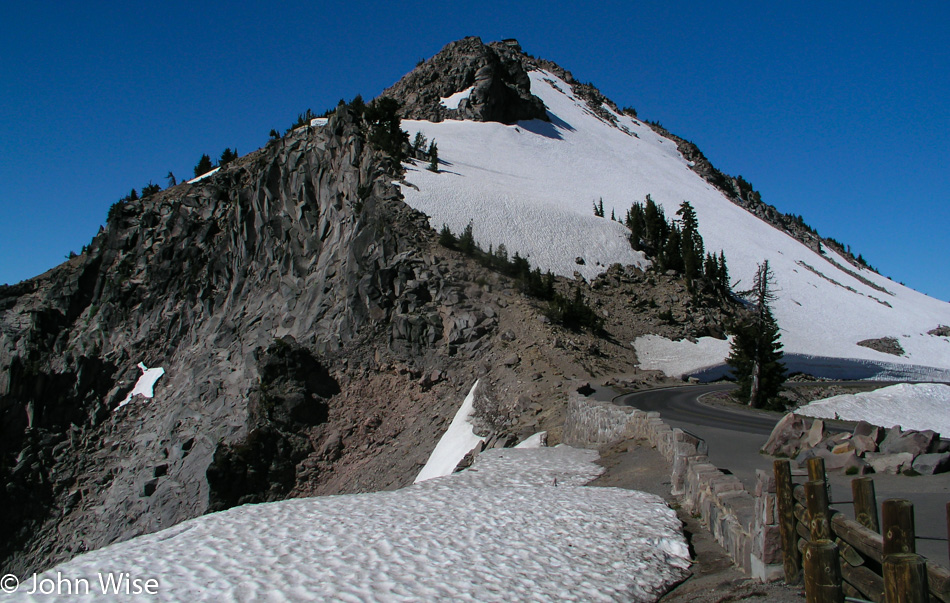
Deep blue skies, deep blue waters, bright white snow, and cragged cliffs all blur together to create Crater Lake. There’s something otherworldly up here that makes you feel you are at heights never experienced before. The idea that we are only about 110 miles from the Pacific Ocean as the crow flies is difficult to comprehend when the universe up here is in such a contrast to the one below.
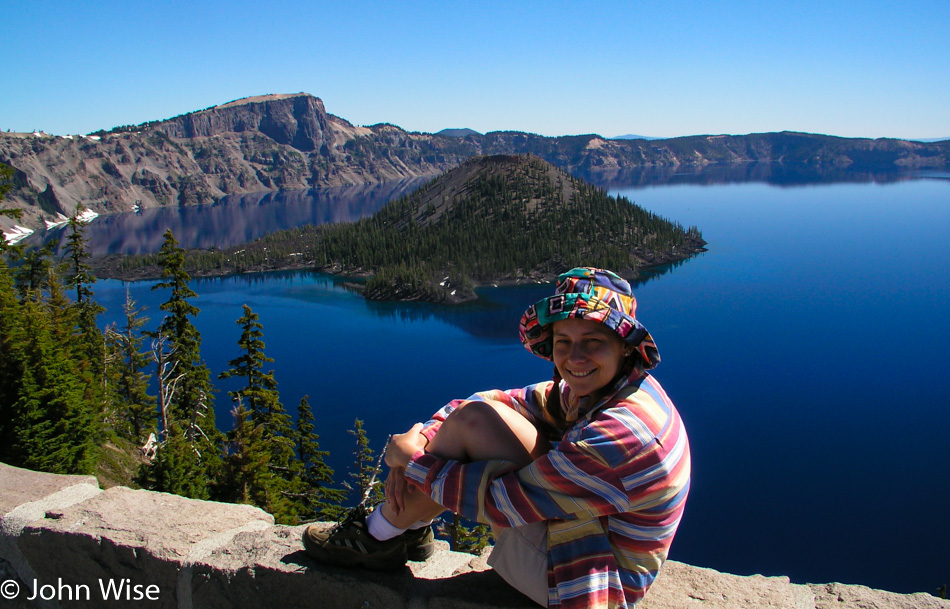
This is how you make a beautiful site even more so.
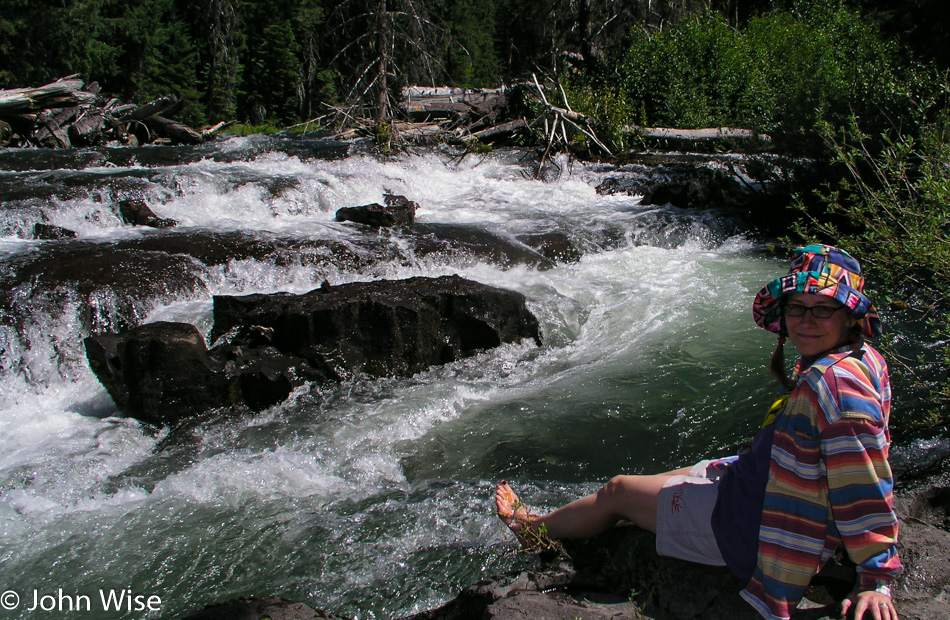
On the way out of the national park, we stopped at the Rogue River Gorge viewpoint so Caroline could add these waters to the growing list of places her feet have felt the pulse and flow of another fluid highway. Unable to score some more Tillamook ice cream this far south in Oregon, we felt like we still won as we stopped in Medford for pastries and coffee at our favorite Oregon coffee shop, Dutch Bros.
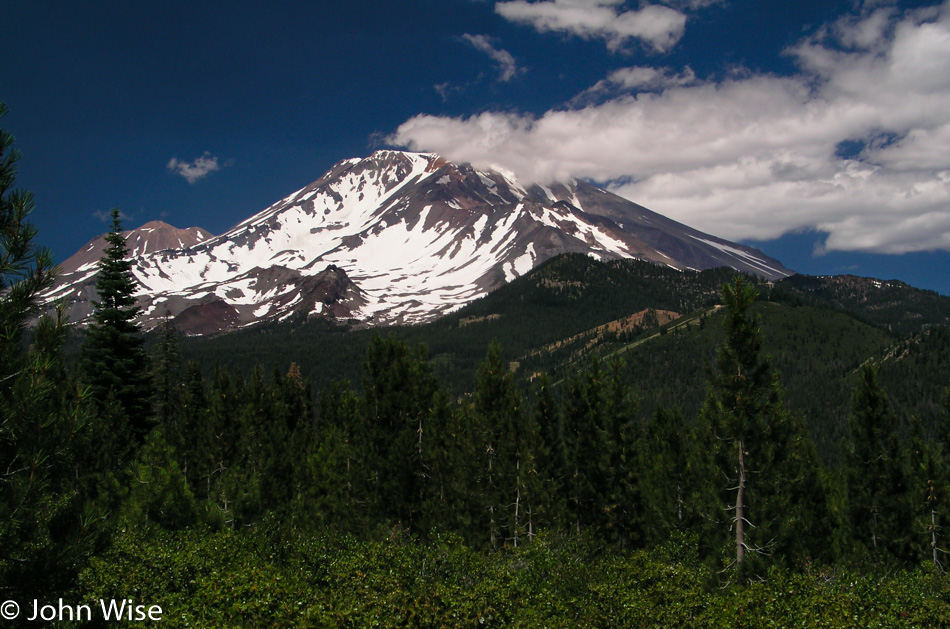
If this is Mount Shasta in California, this must mean we are traveling south and are likely headed home from yet another one of our ridiculous out-and-back marathons.
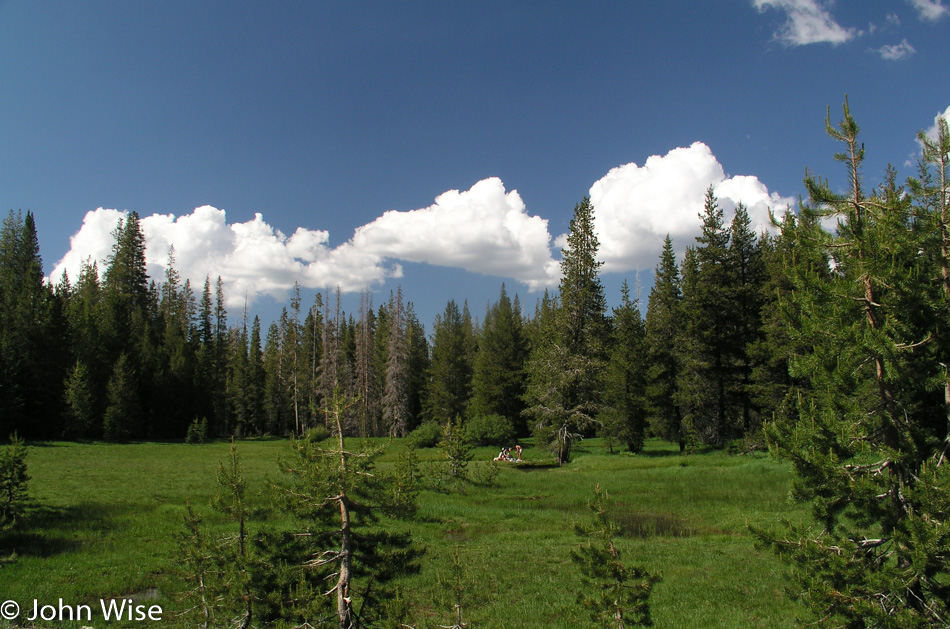
The day is too beautiful, too perfect, too inviting to just plow through the rest of it so with Lassen Volcanic National Park on the horizon we just had to pass through and hopefully find something or other we could do quickly.
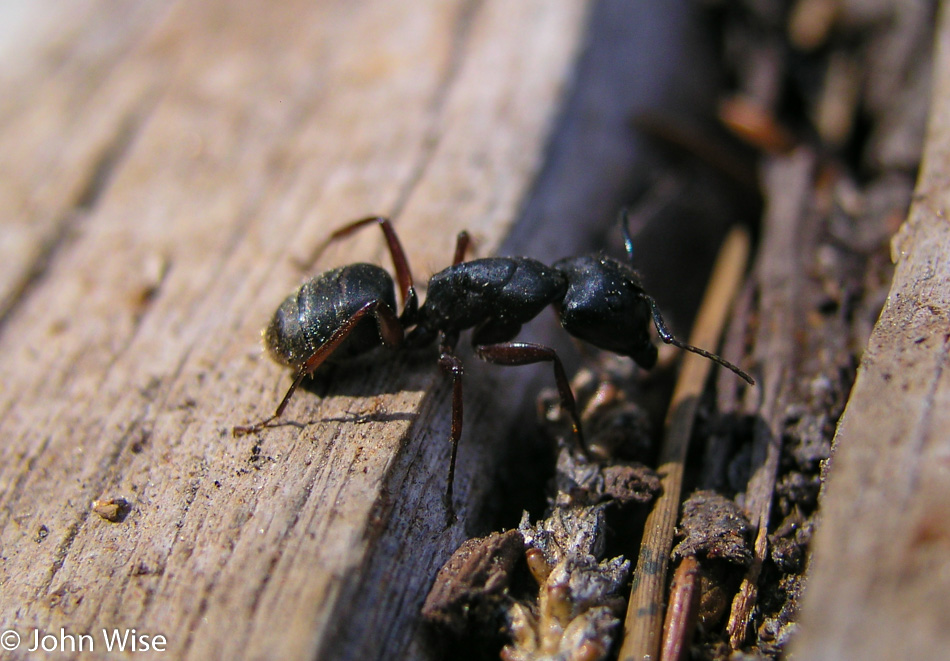
Considering it’s already after 4:00 p.m. when we enter Lassen, we should admit that, in some way, we are moving at an ant’s pace, and maybe we should just embrace that we can’t be rushed.
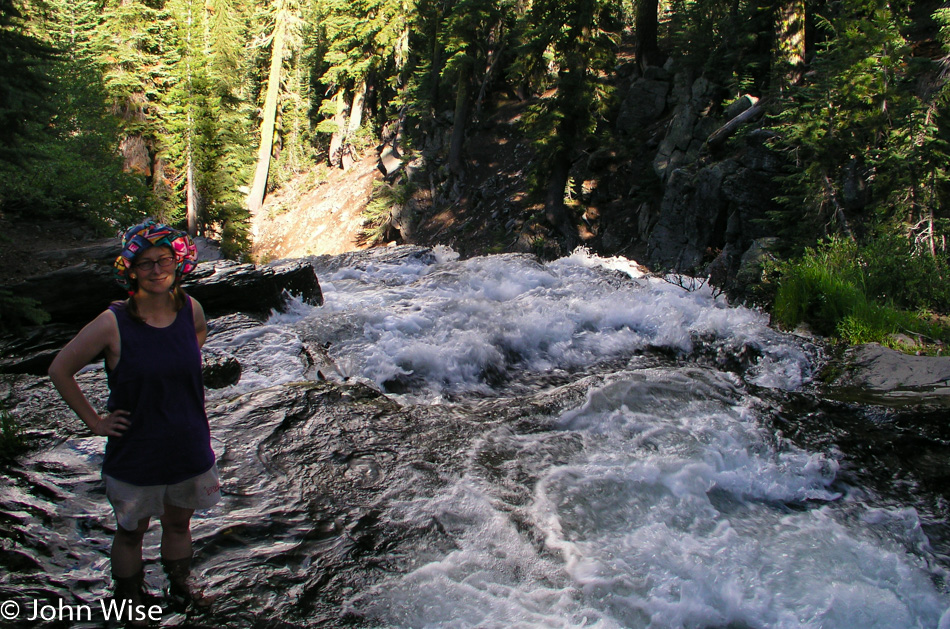
So if we are going to take our time and accept that we are going to be late by the time we reach Lee Vining, nearly 300 miles south of here, then we’ll do something meaningful. That bit of distraction cost us a couple of hours as we climbed along Kings Creek, which does not require anyone to stand in its rushing waters that cascade down the mountain just feet away from the trail, but this is Caroline, and ice water only adds to the challenge.
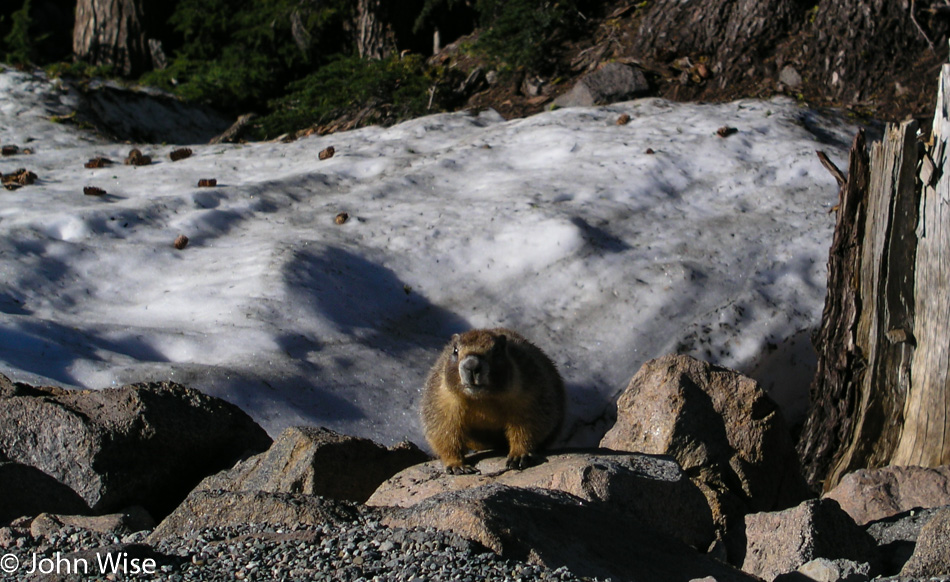
Marmots are supposed to talk, or have I watched too many videos where this kind of animal screeches at people or other animals? Or maybe it should stand up and do a chubby rendition of the Hamster Dance!
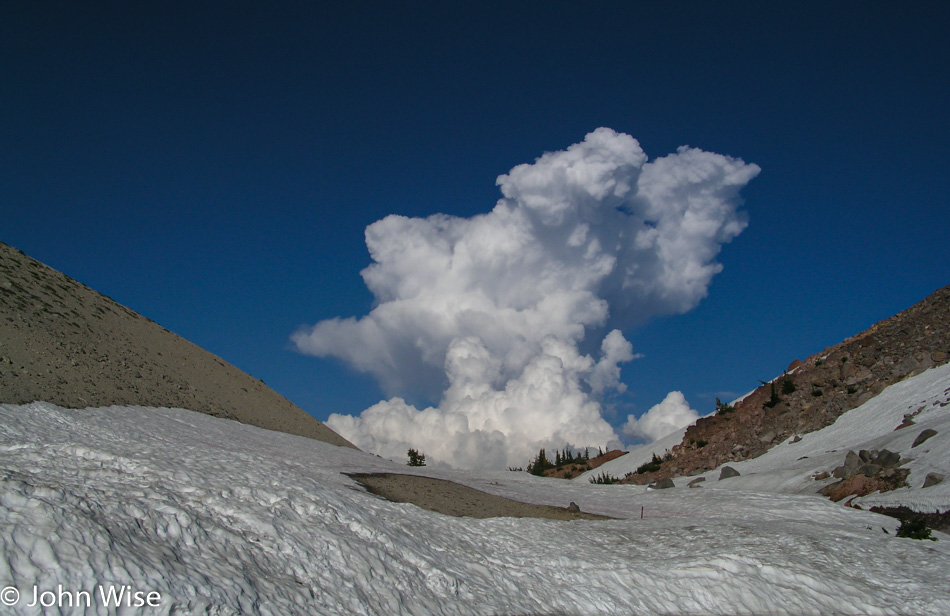
Just then, Lassen Volcano erupted, killing us instantly. This was the last photo I ever took before my untimely death.
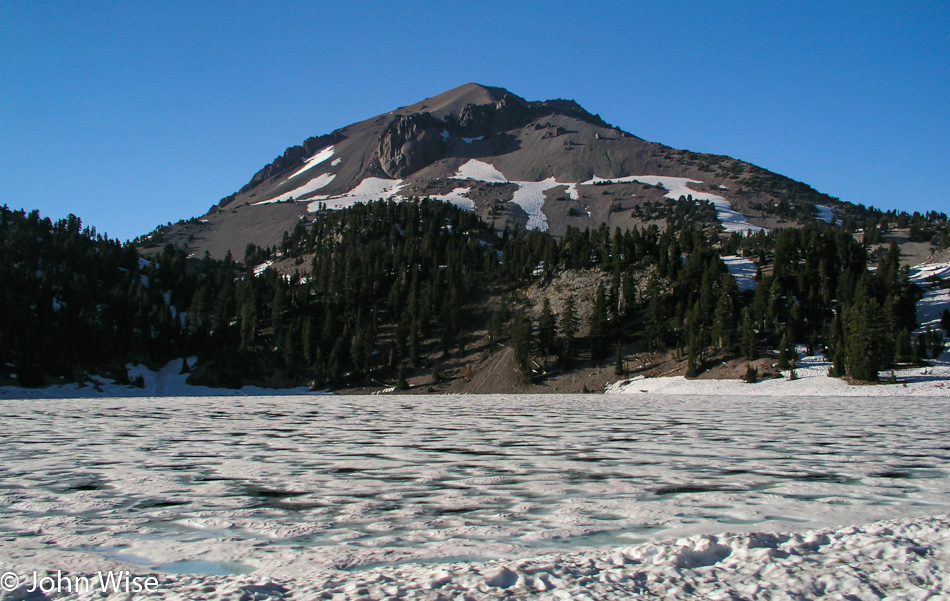
So, while there was zero exaggeration about our passing from this life, we were shortly afterward reincarnated as improved versions of ourselves over at Emerald Lake just before 7:00, a kind of miracle really.
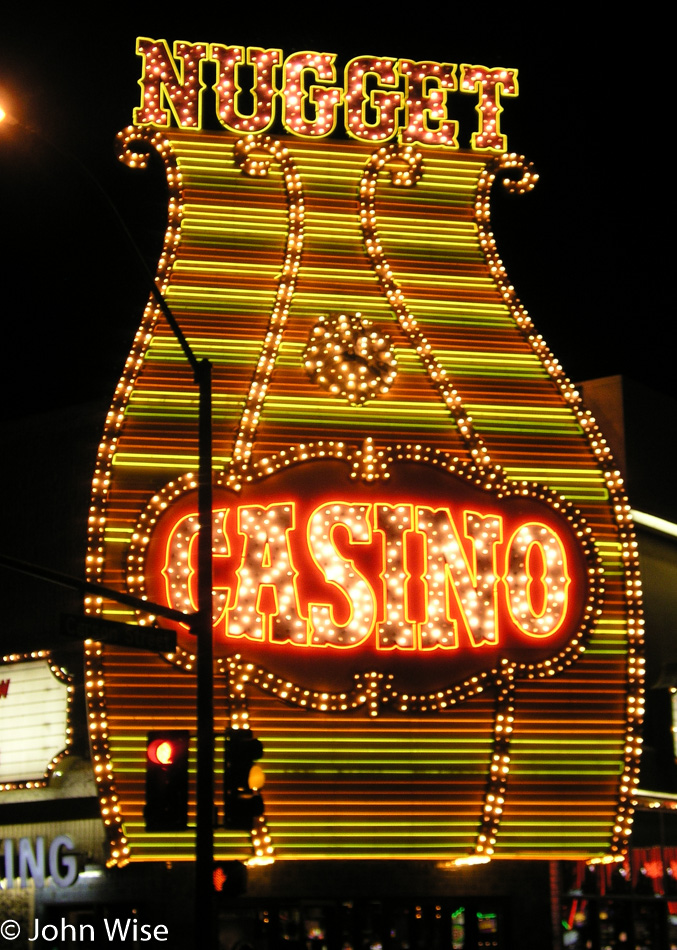
With the recognition of how lucky the events of the day were, considering we were alive, dead, and alive again, we decided to skip over to the Nugget Casino in Carson City, Nevada, to win big. Now that we’re millionaires and not broken zombies, we’ll live better lives trying to share our good fortune.
